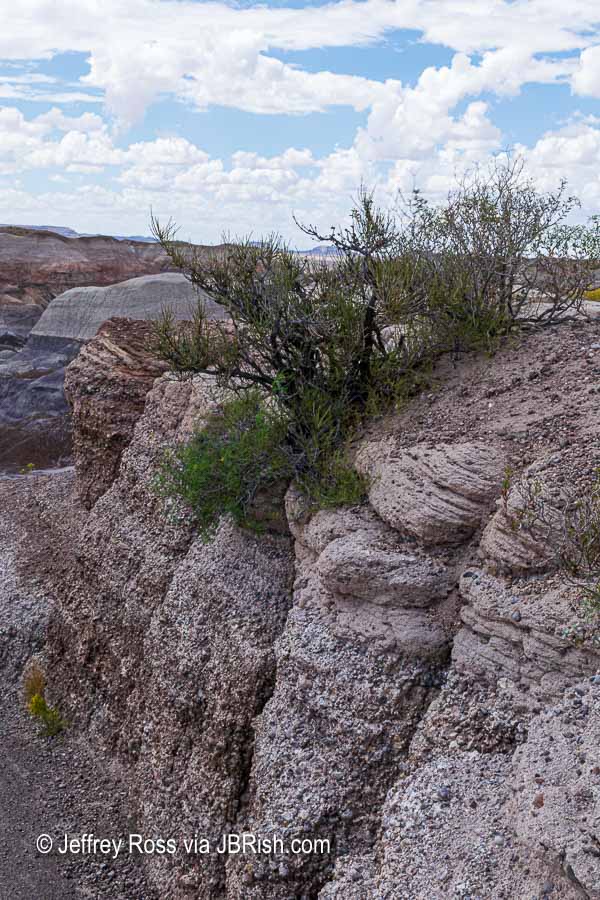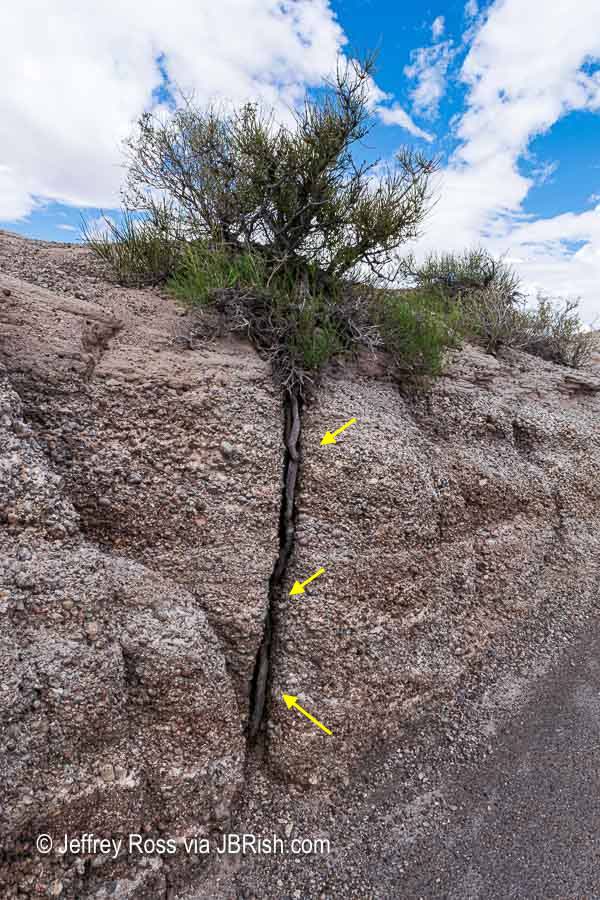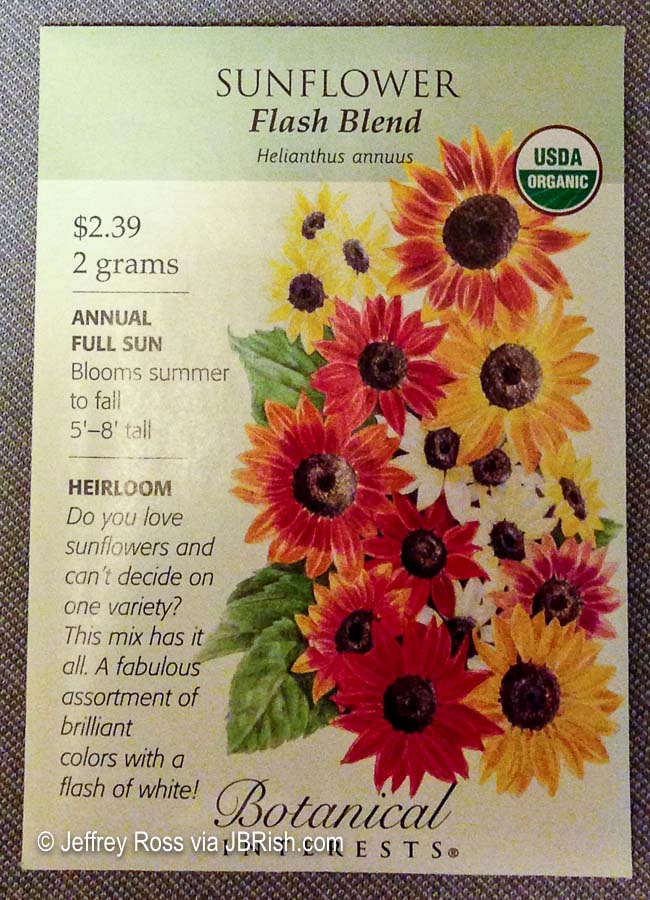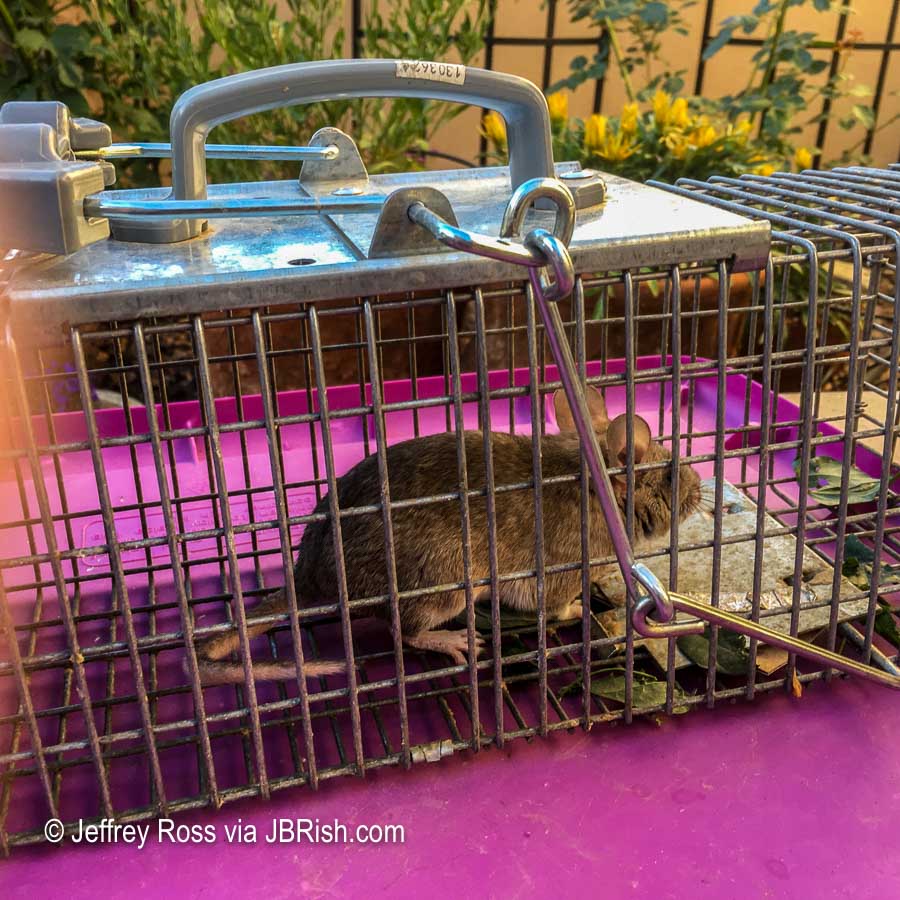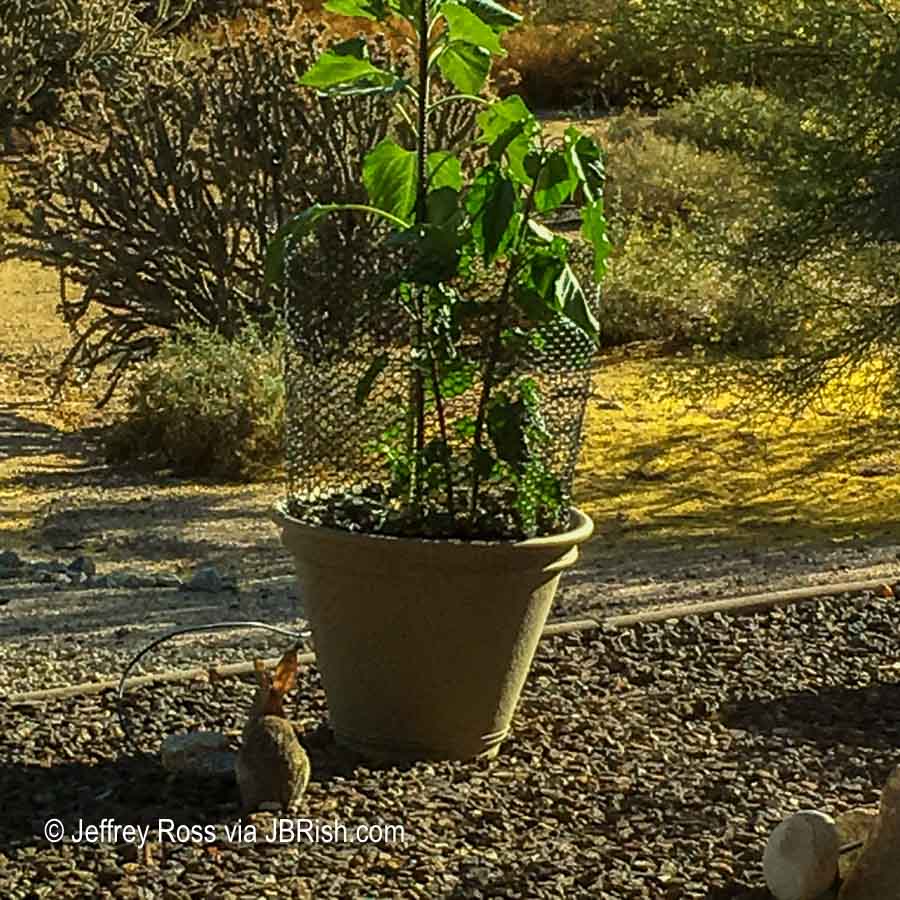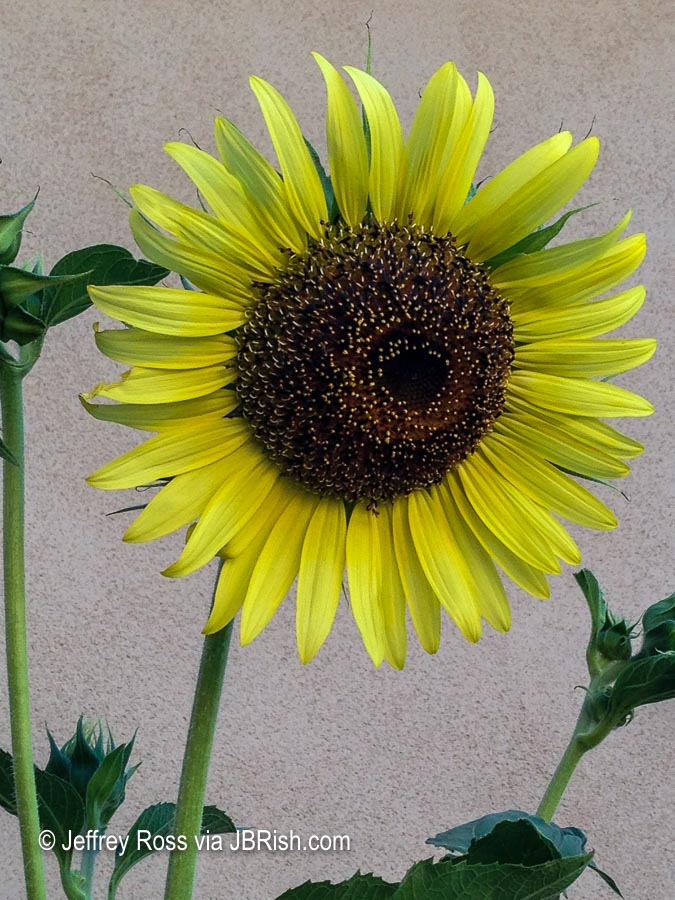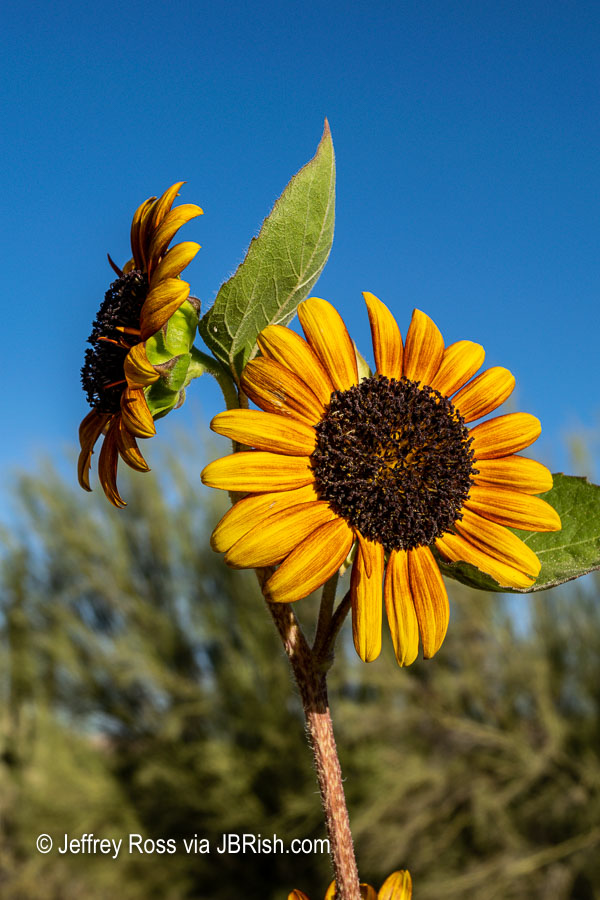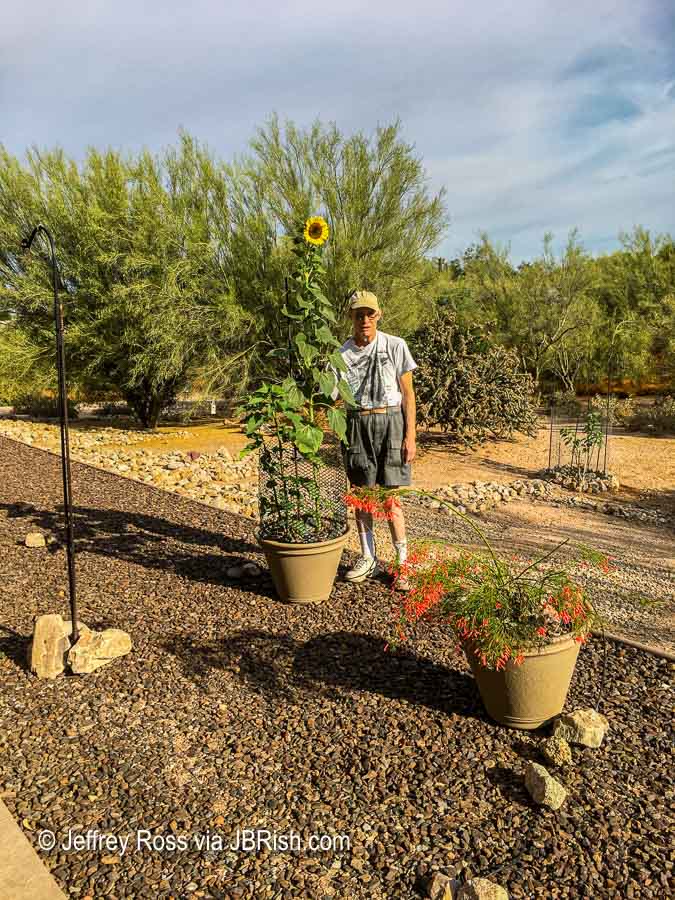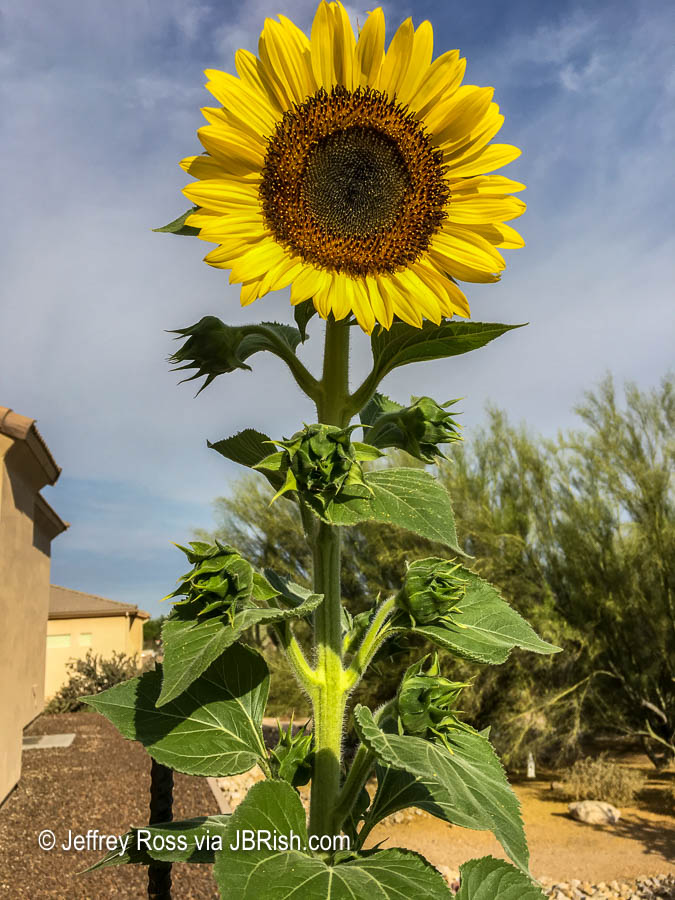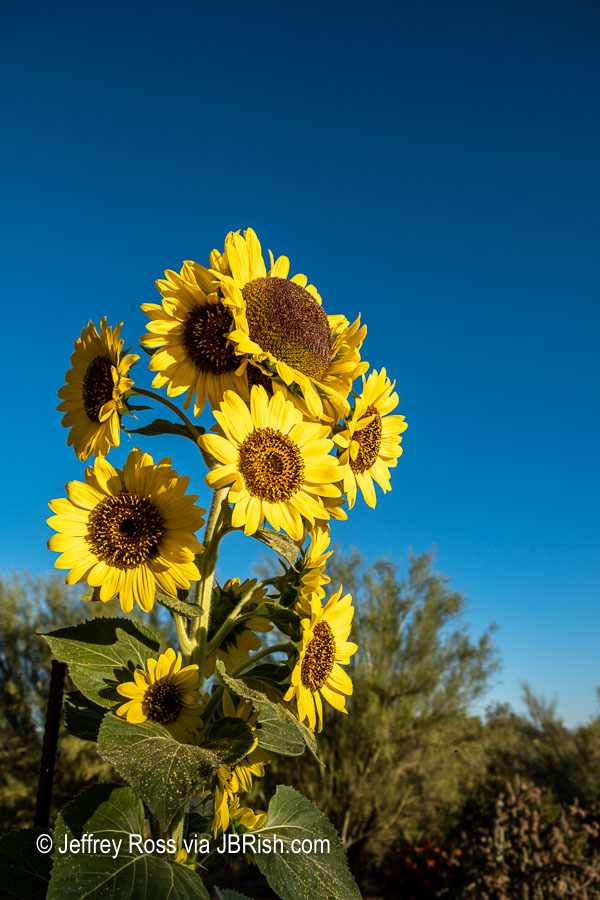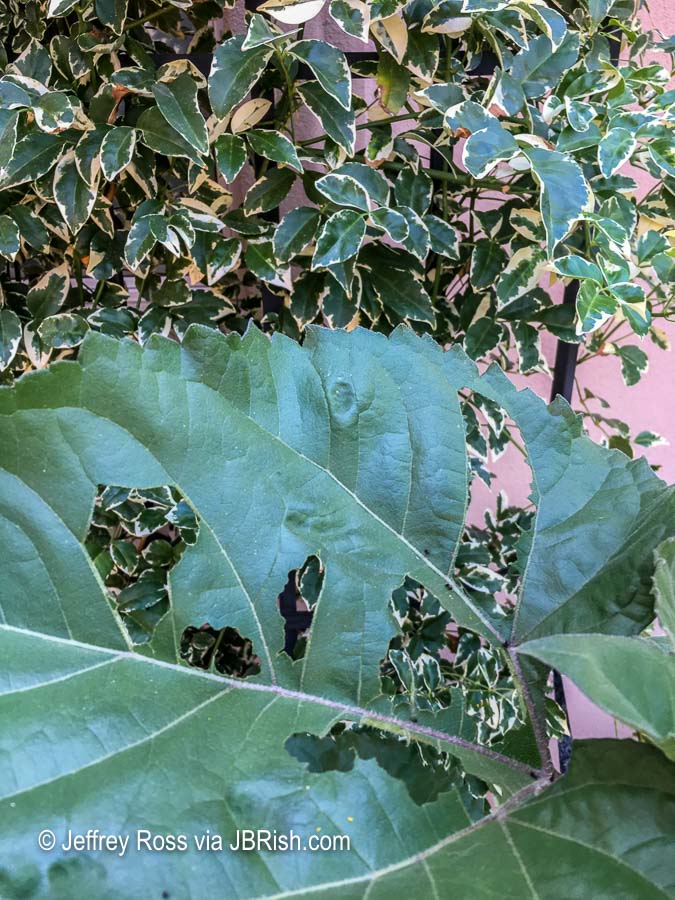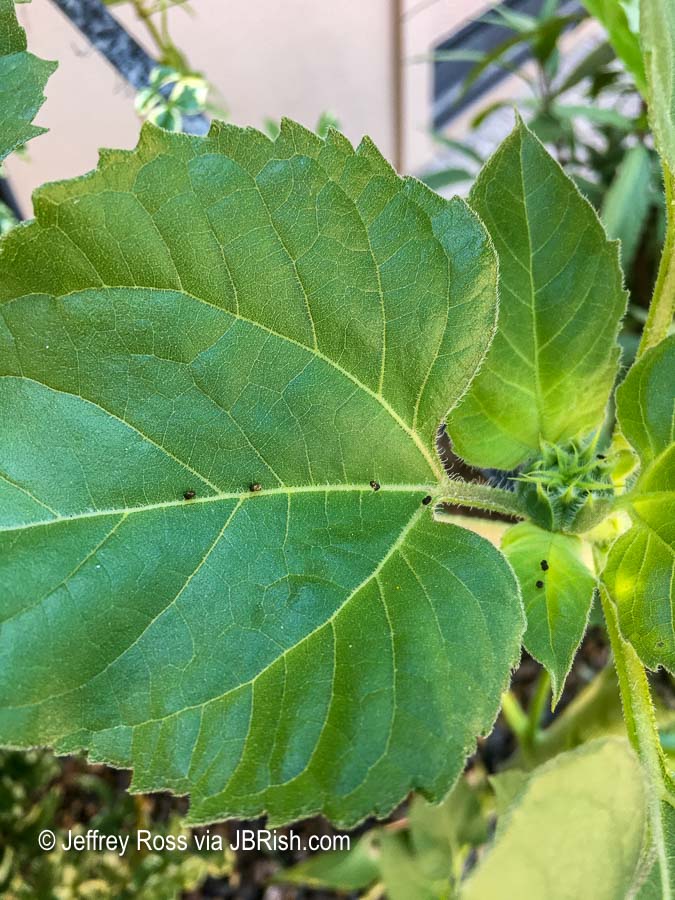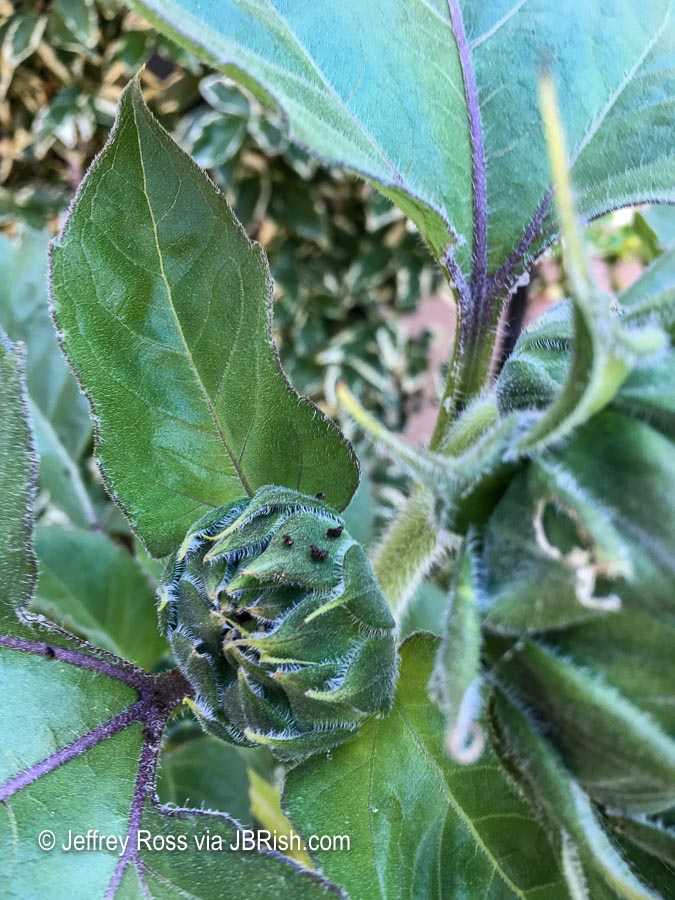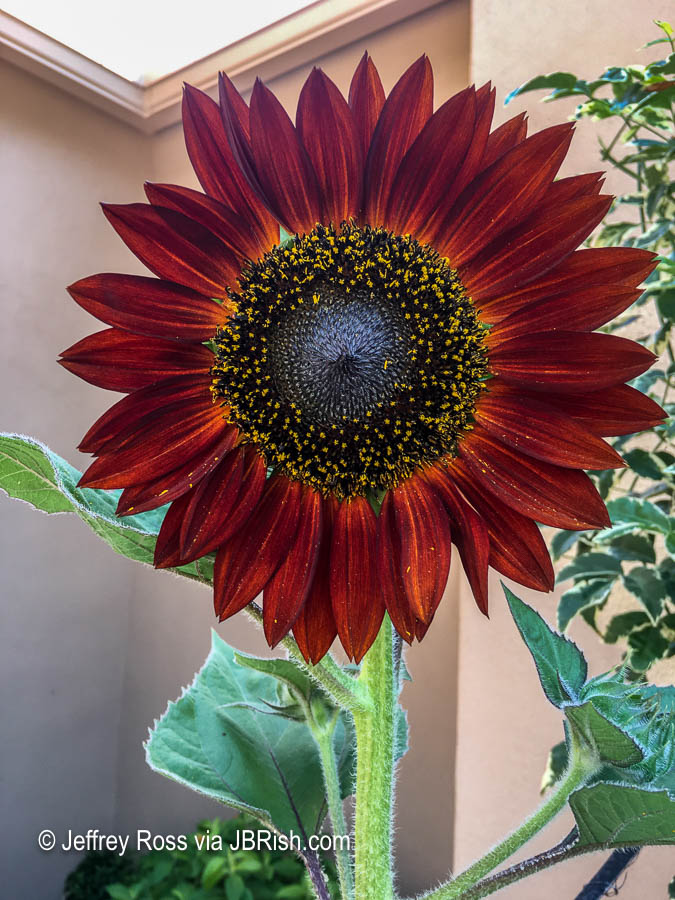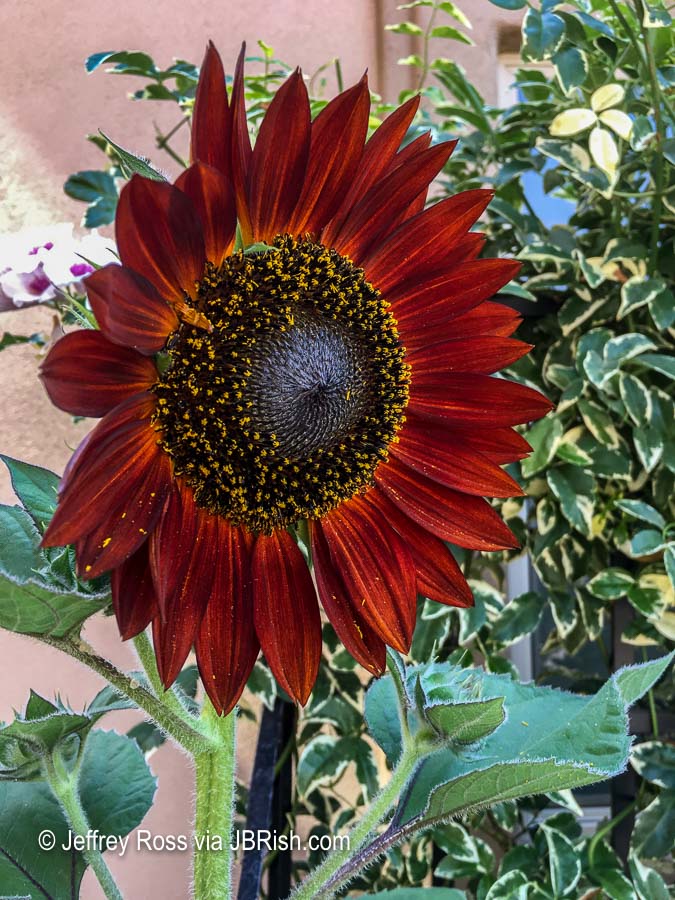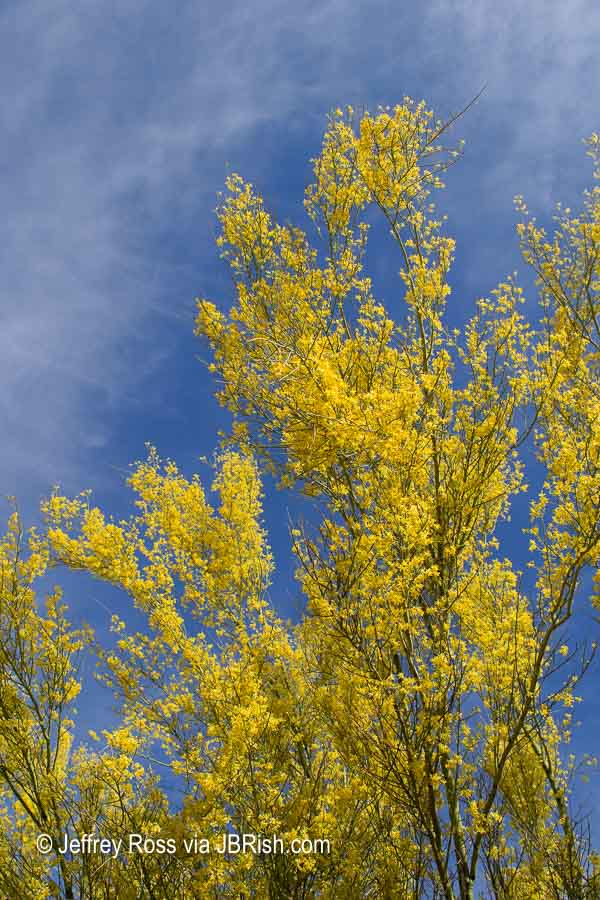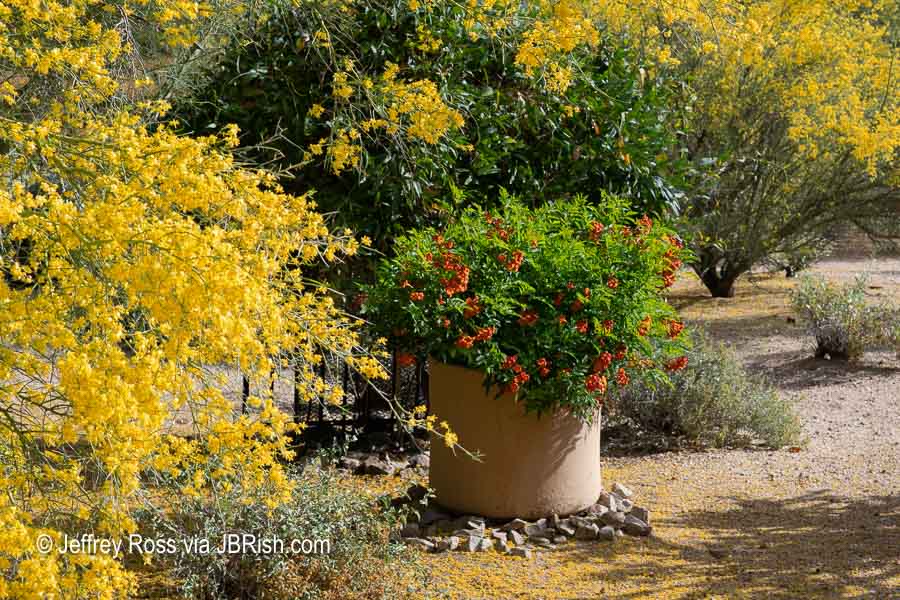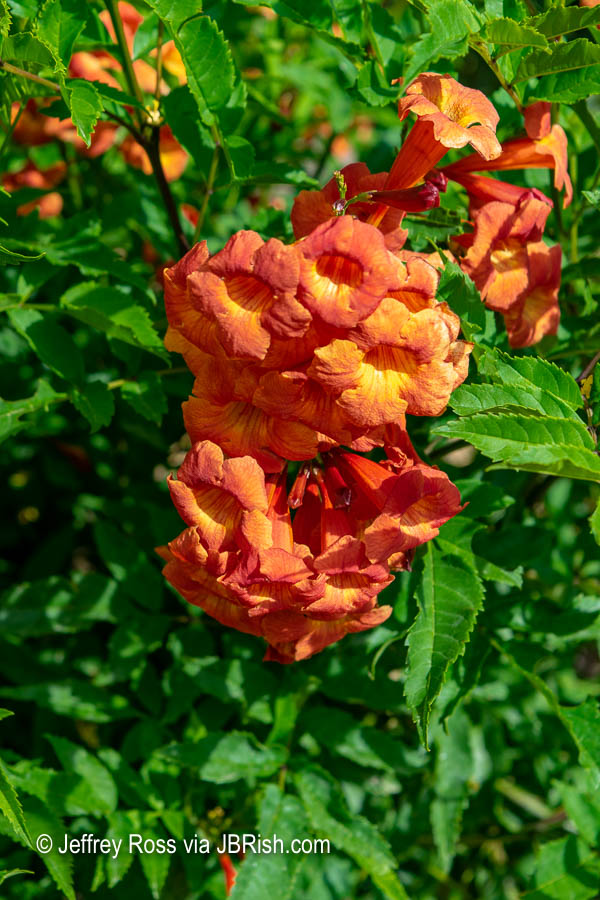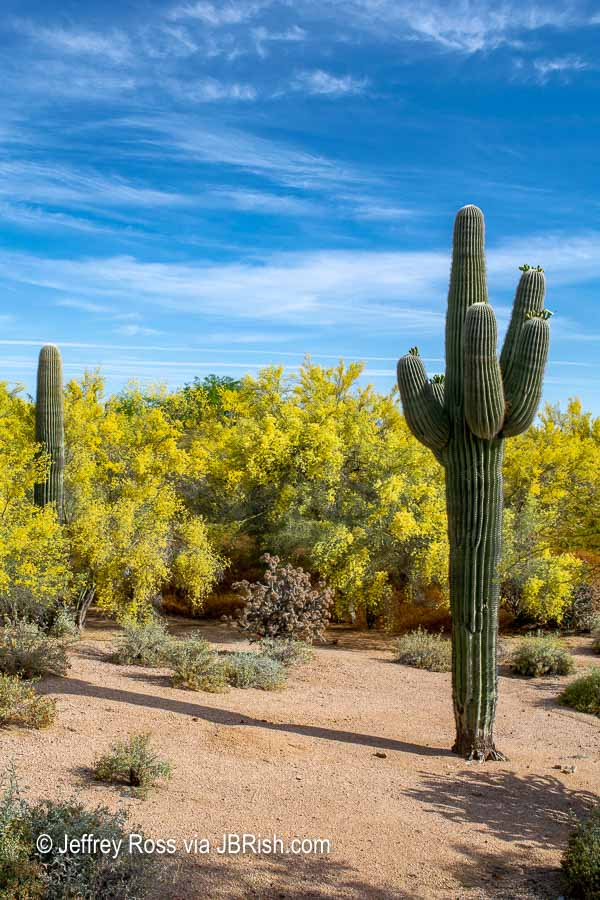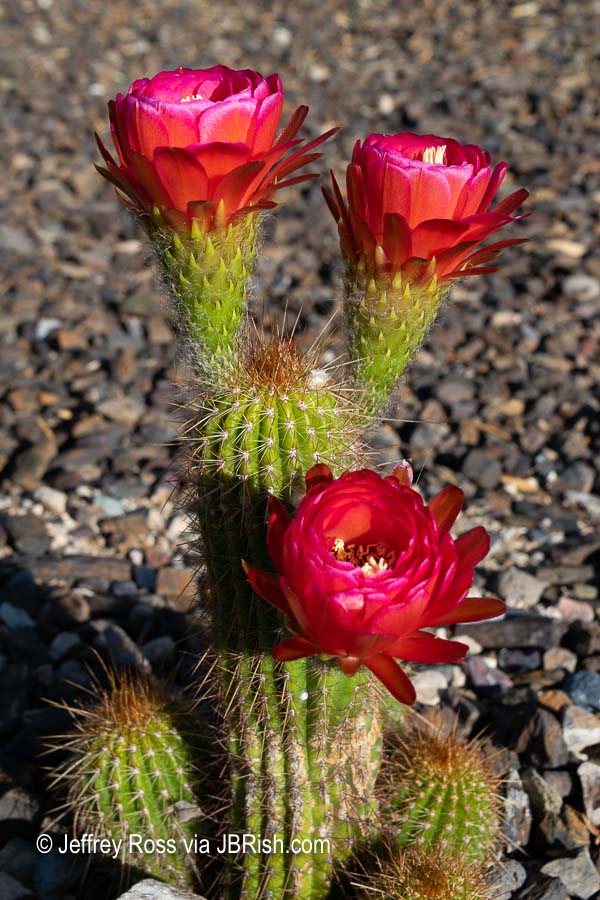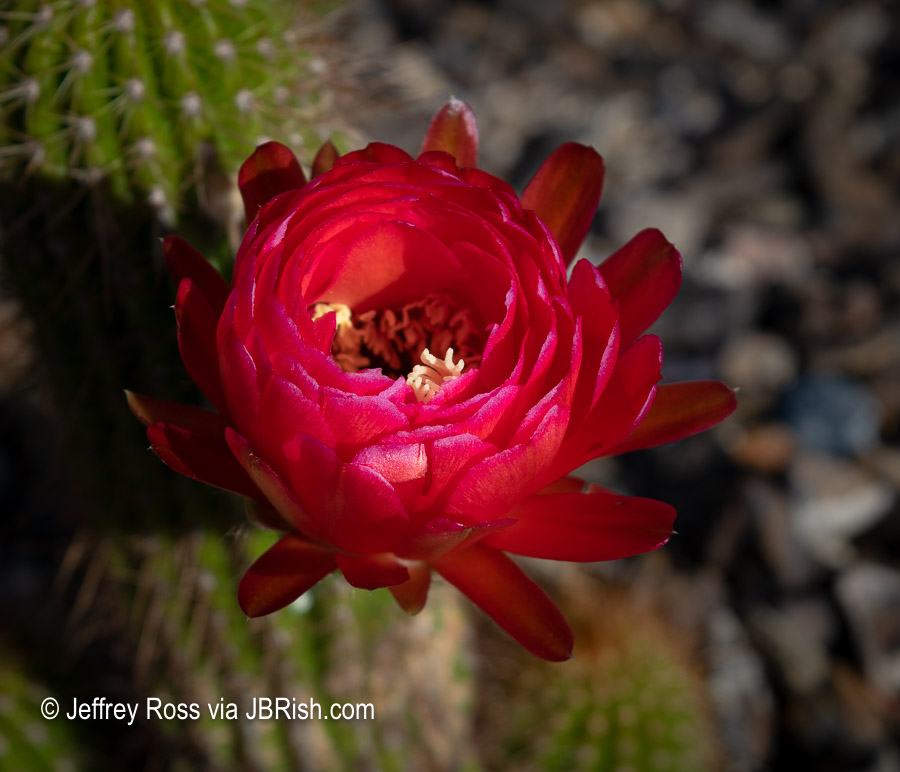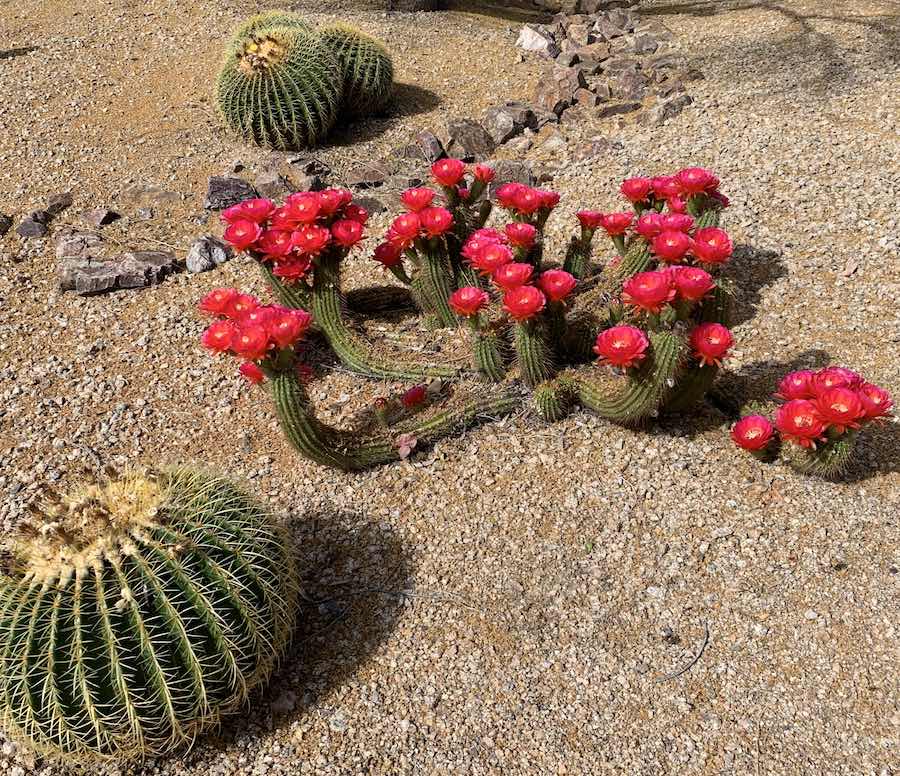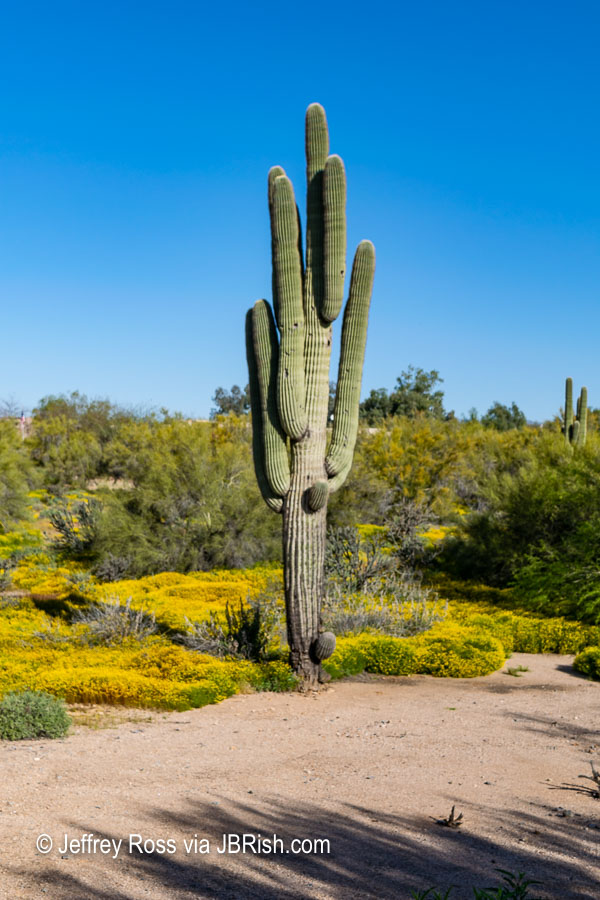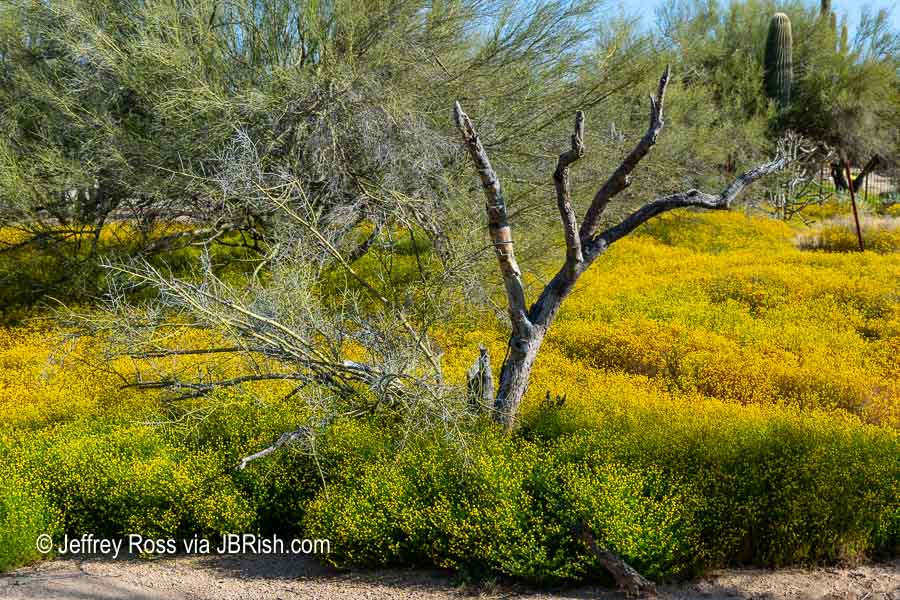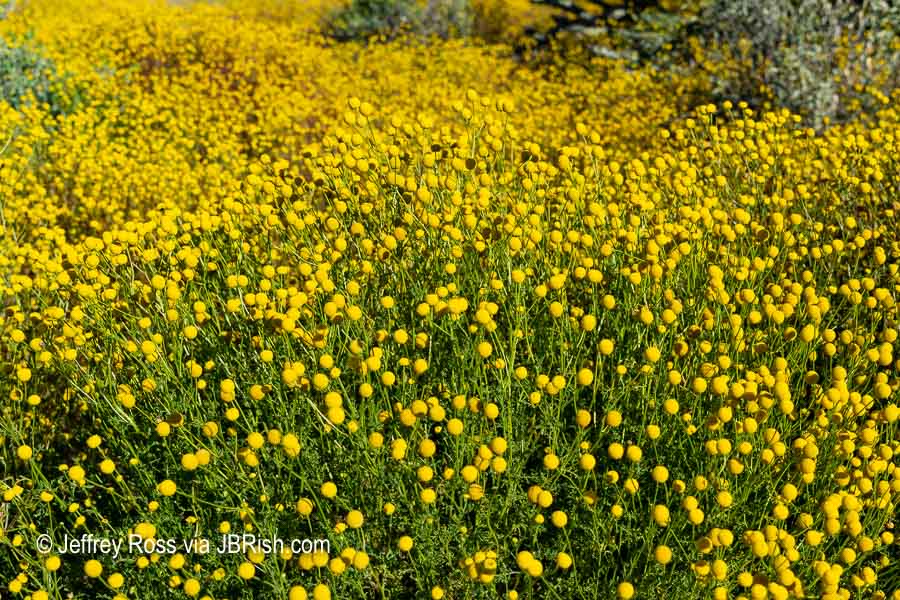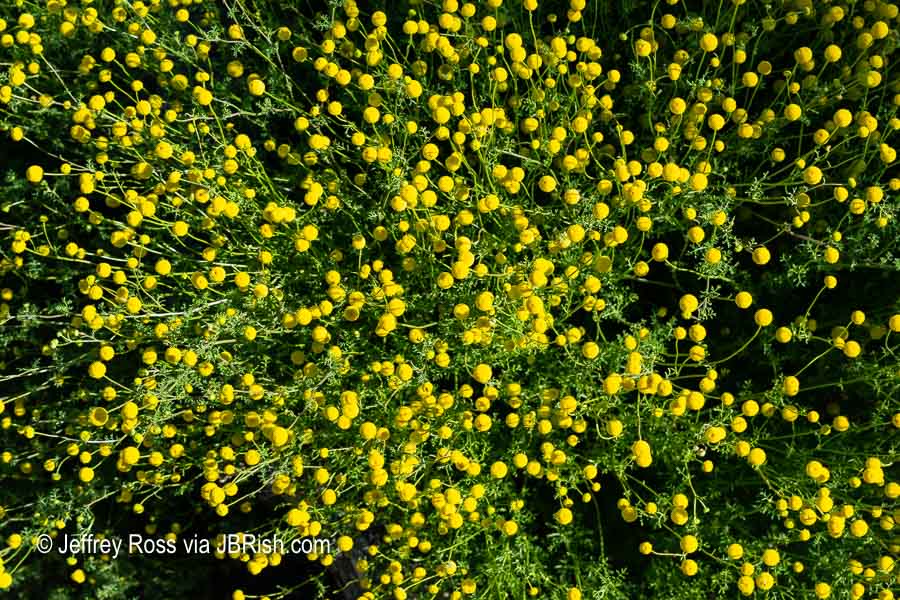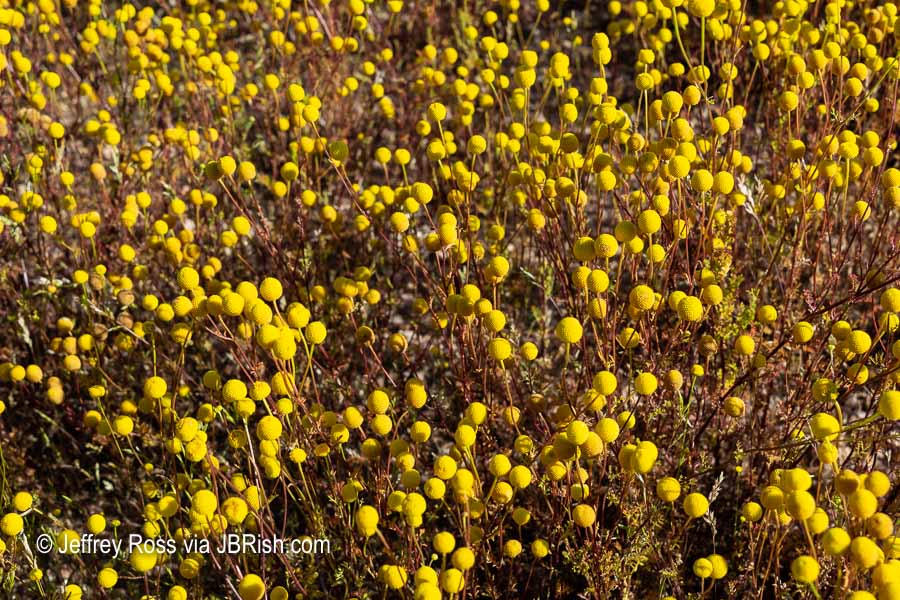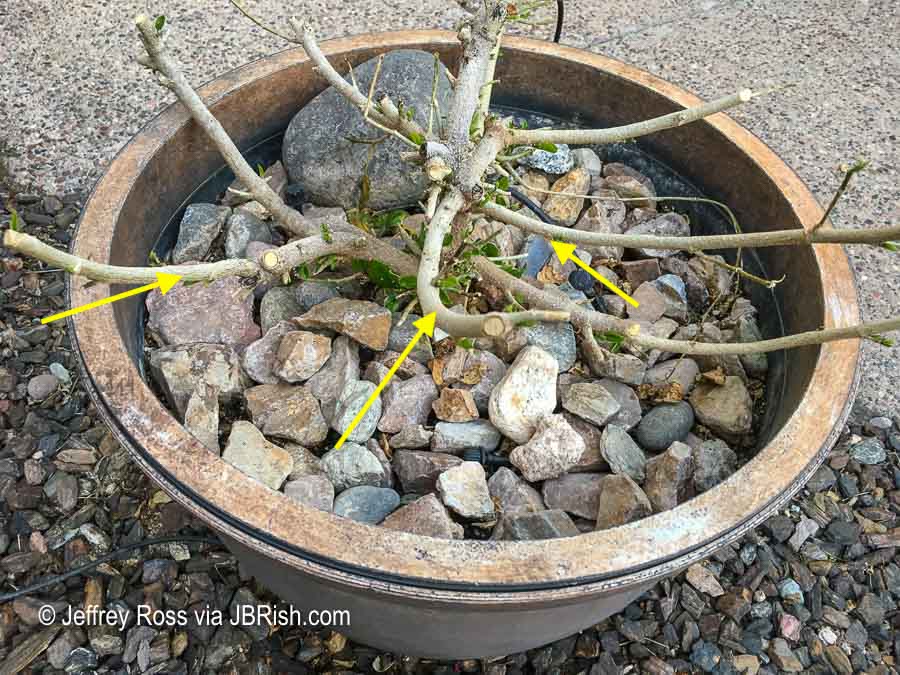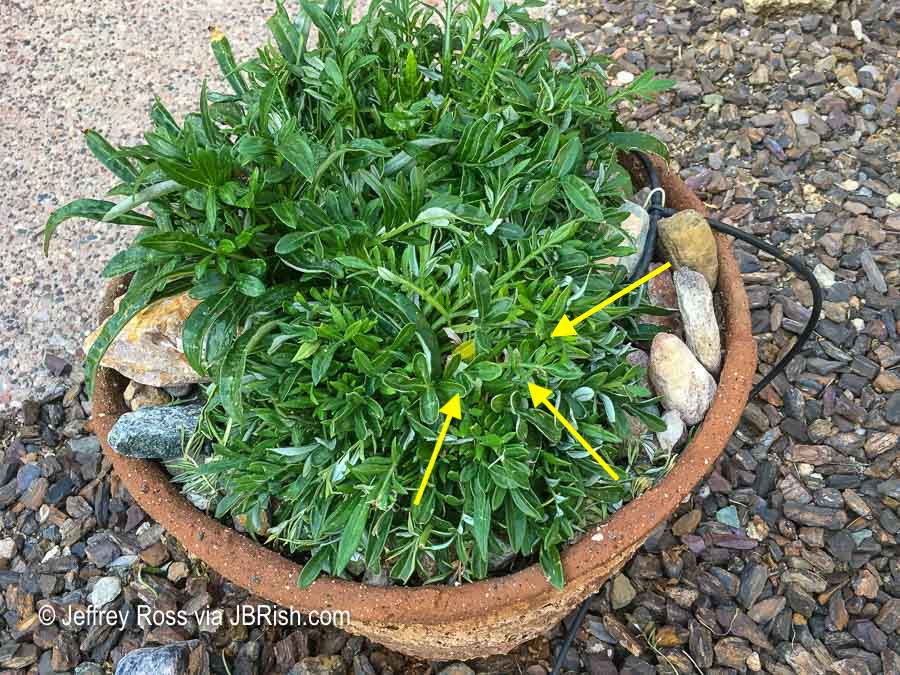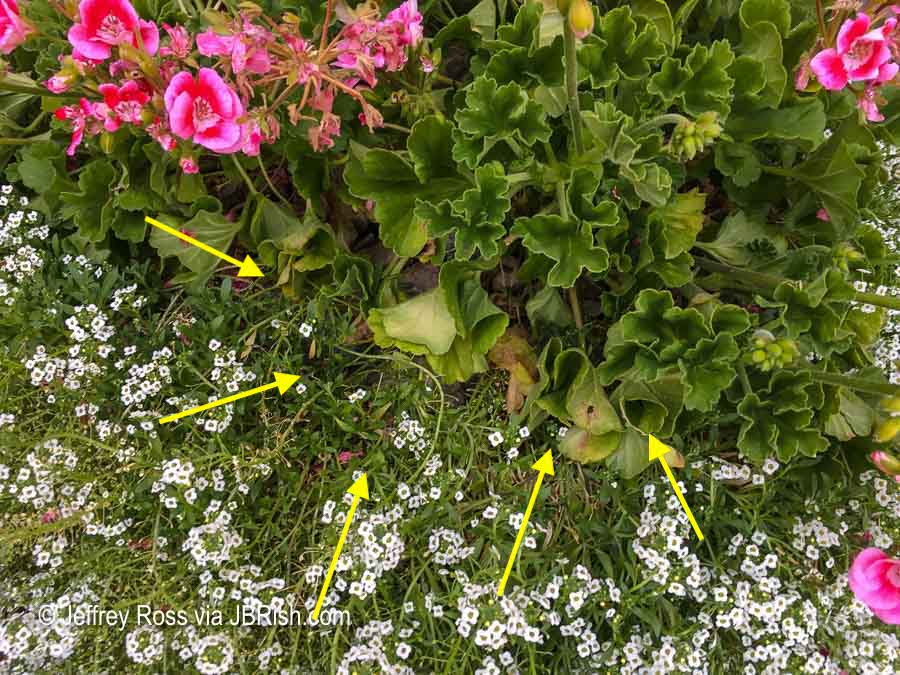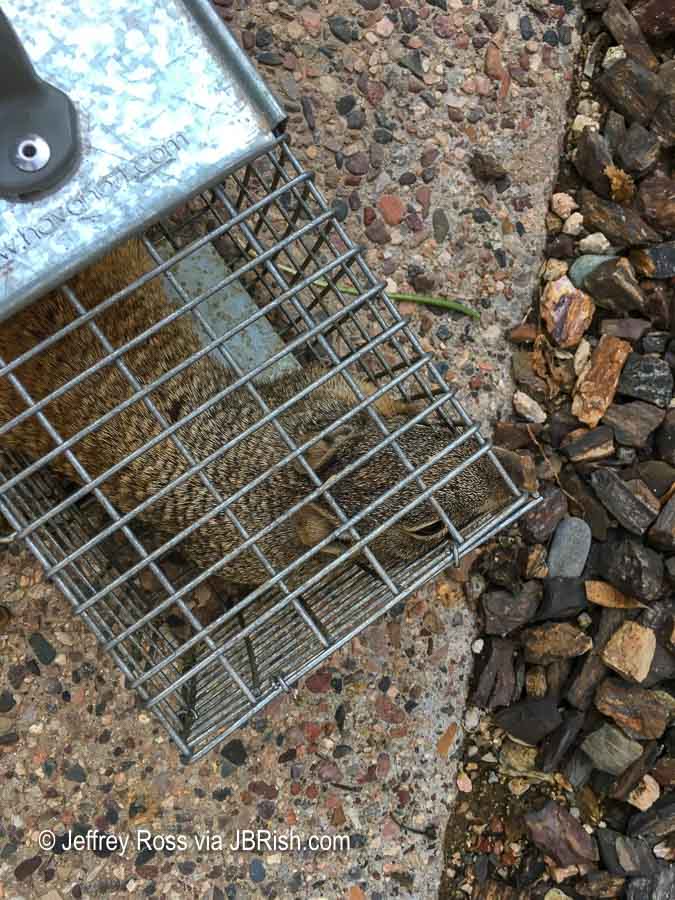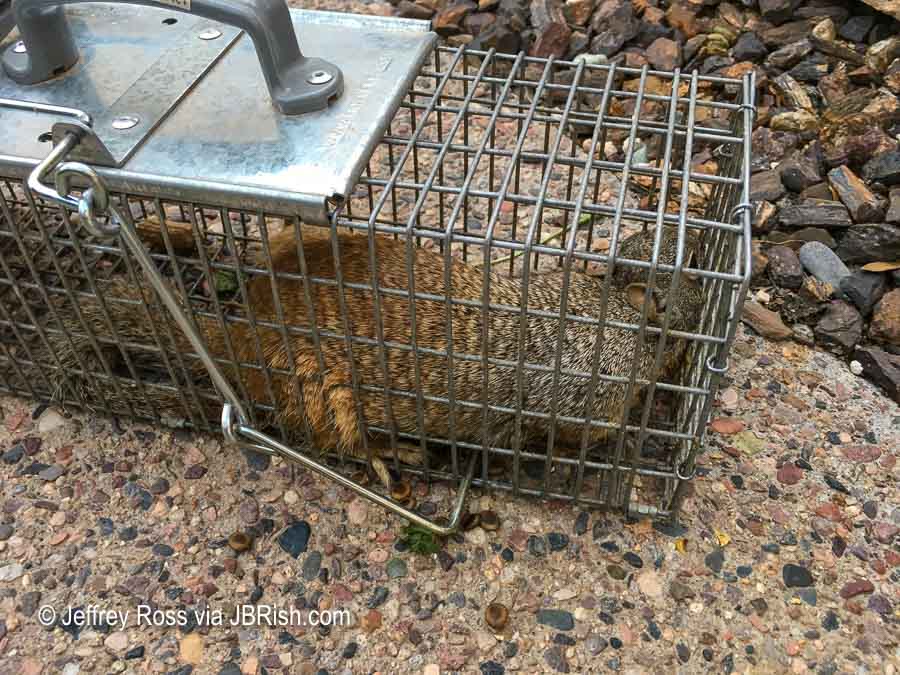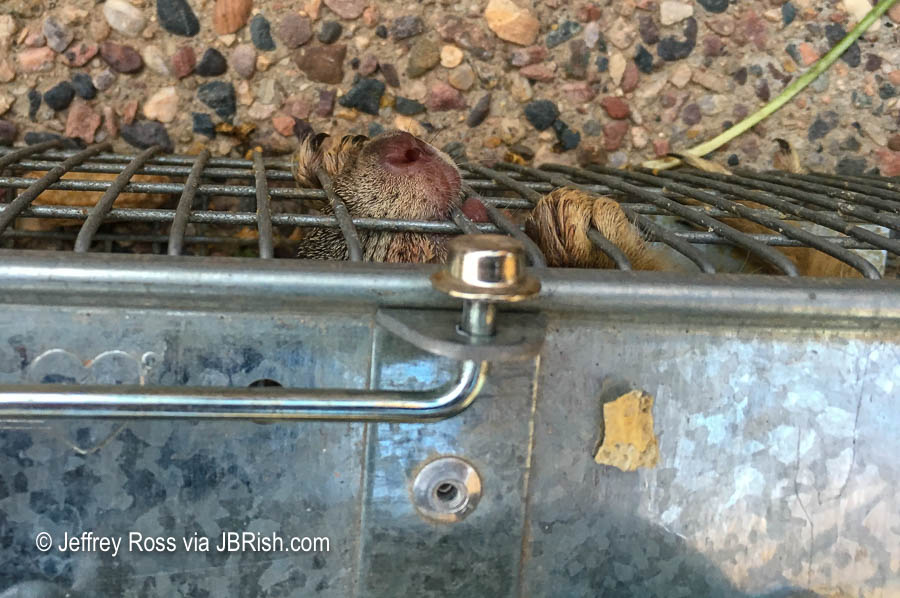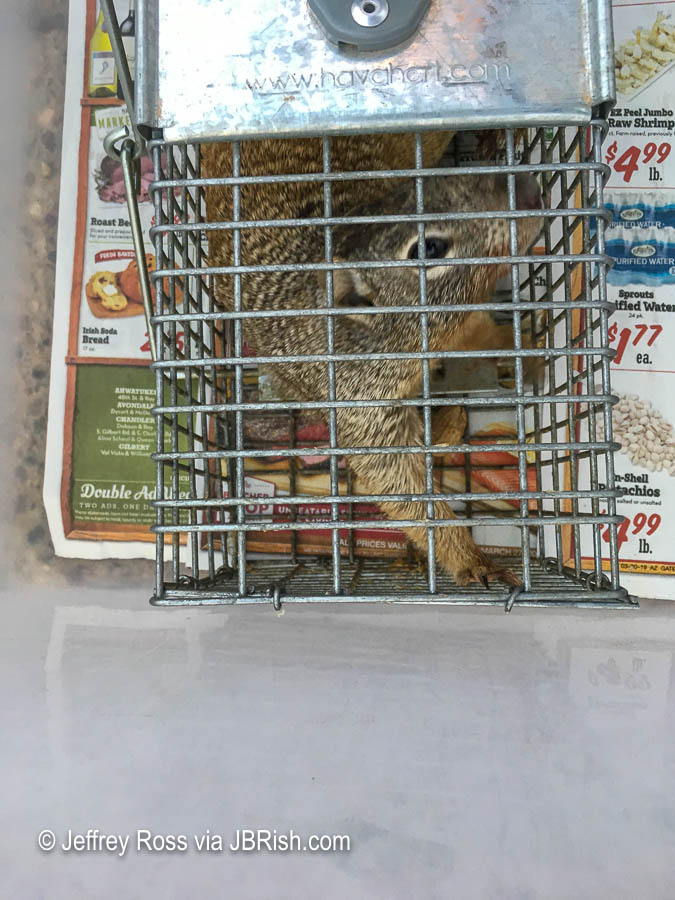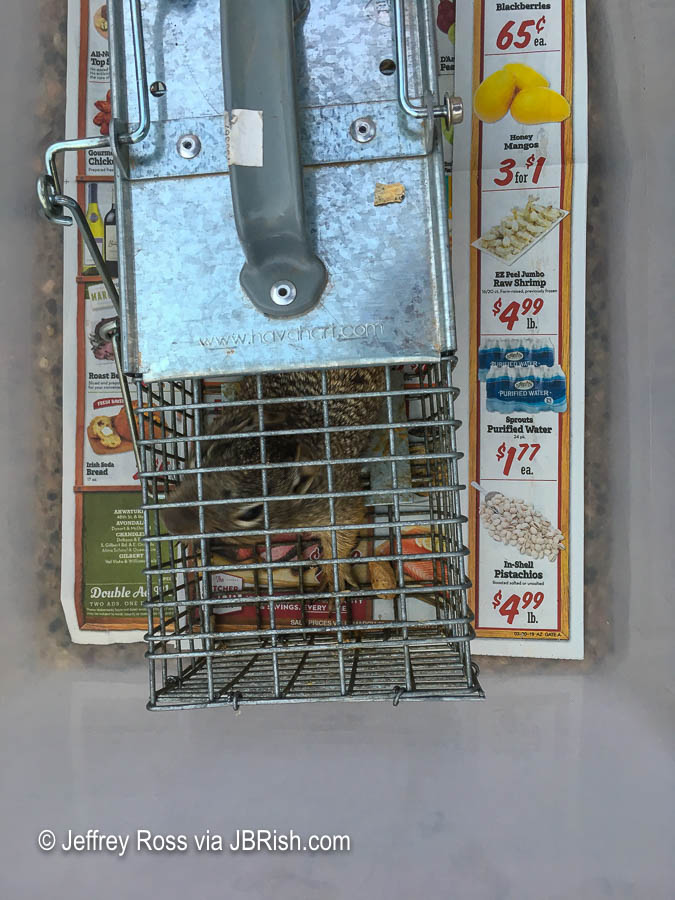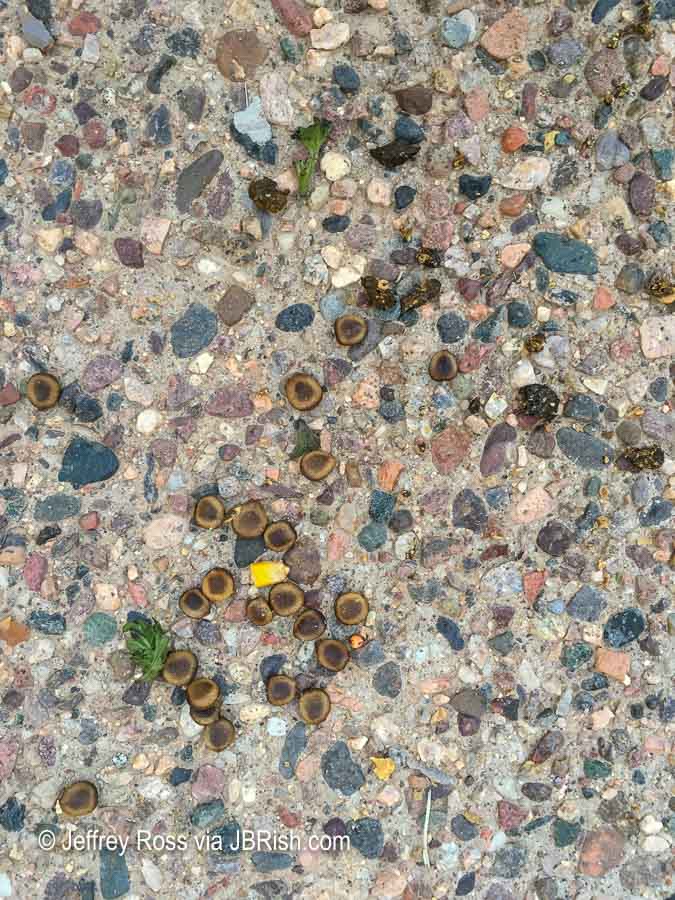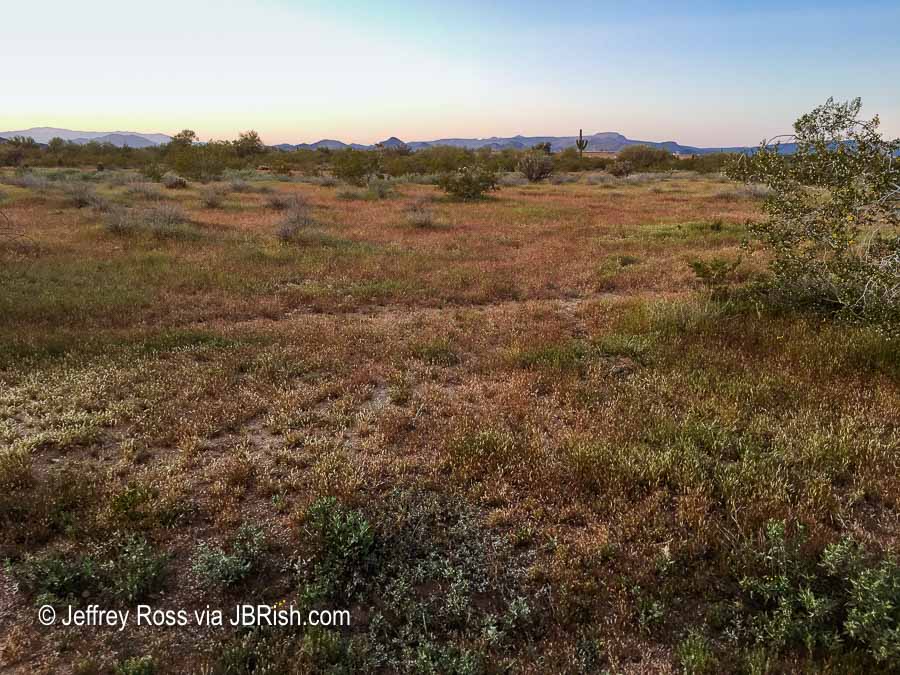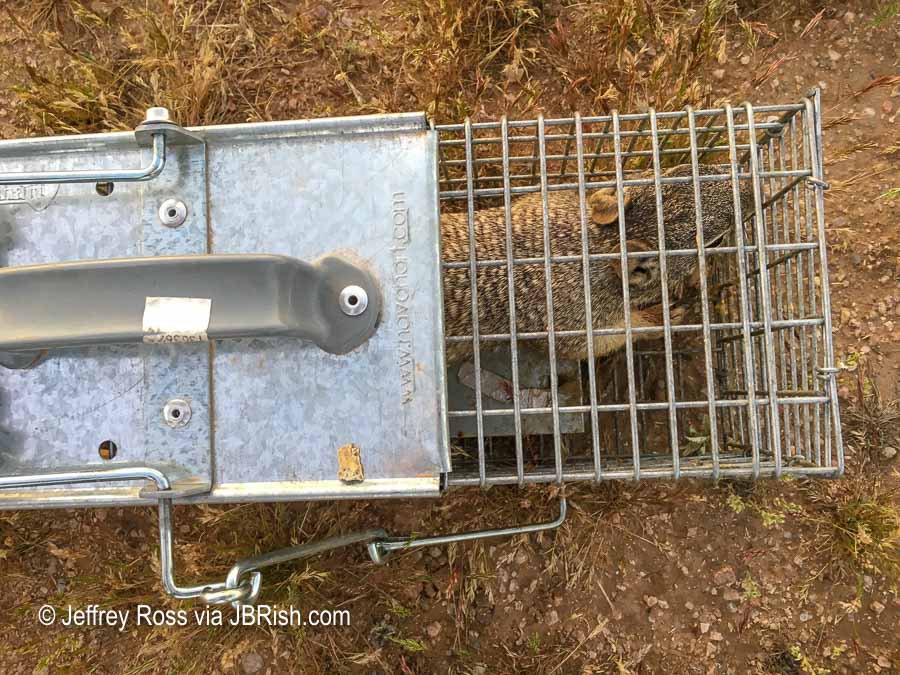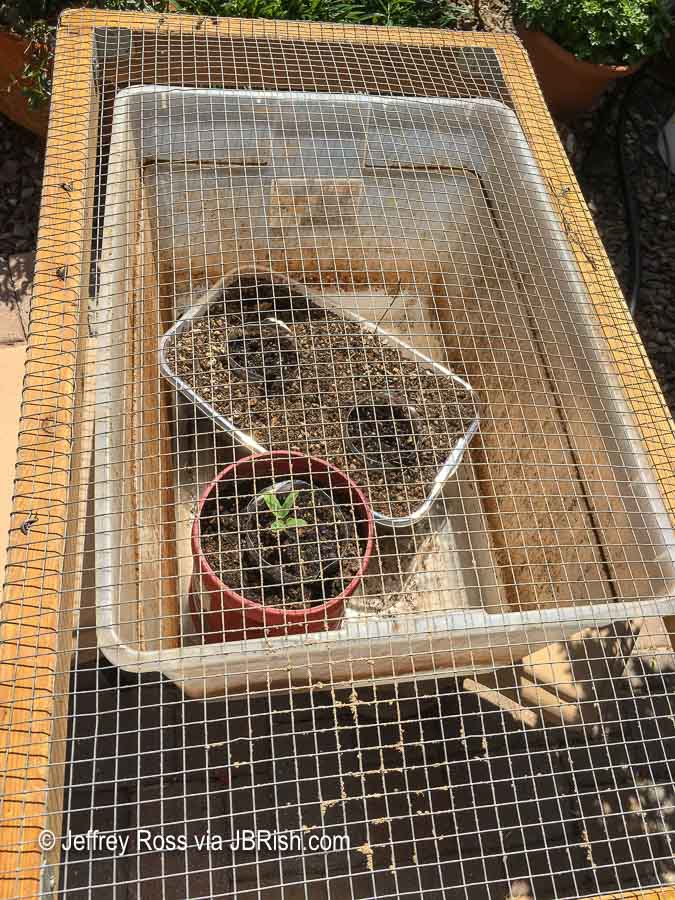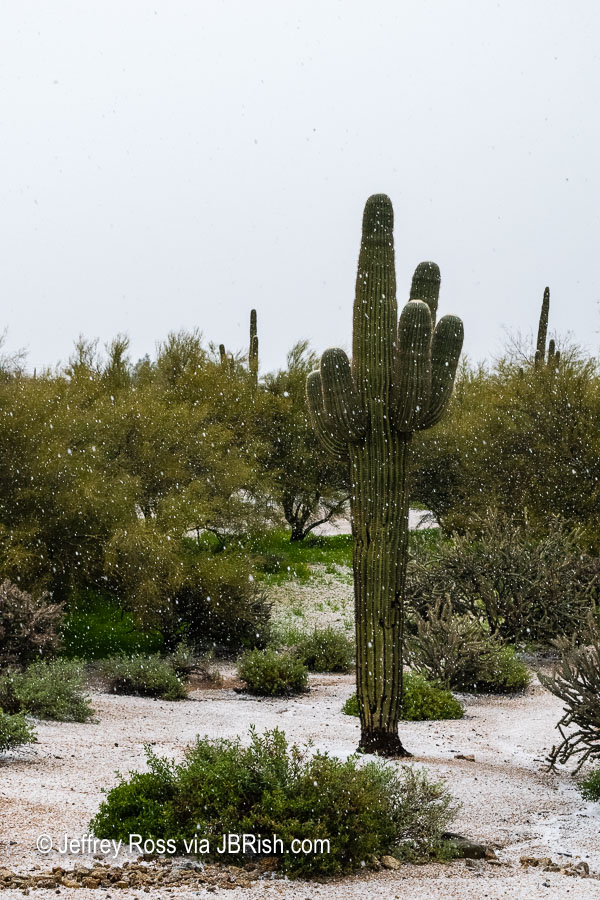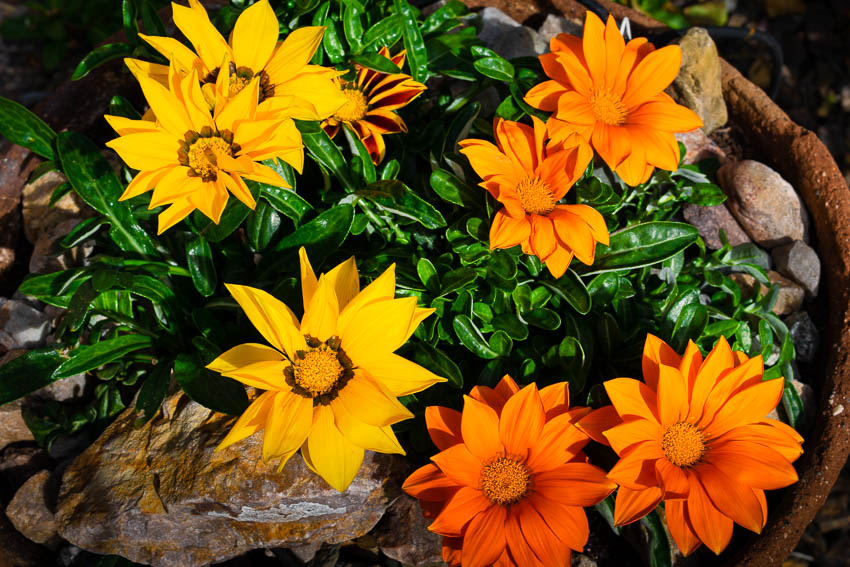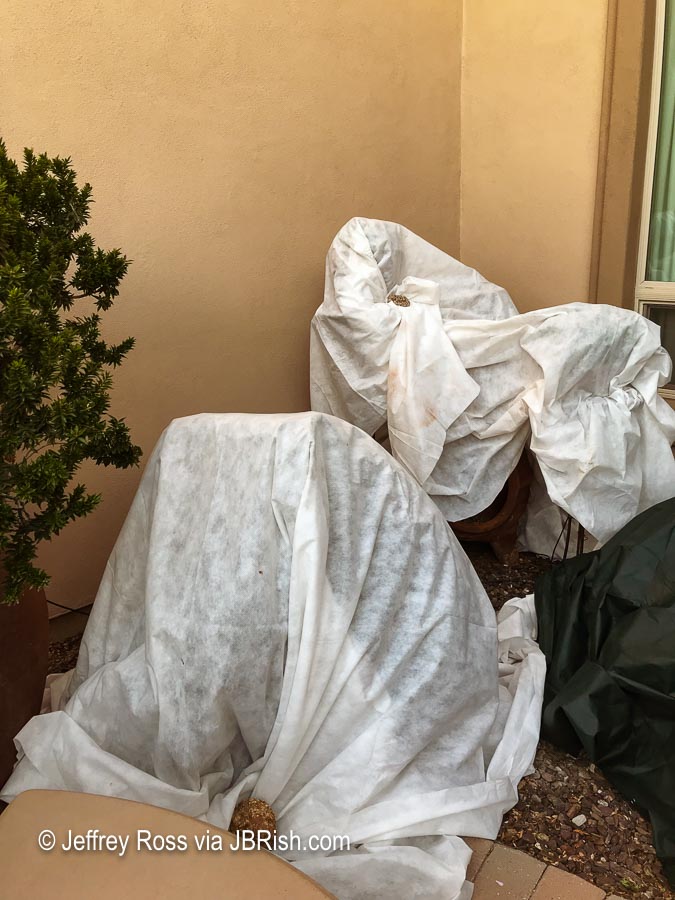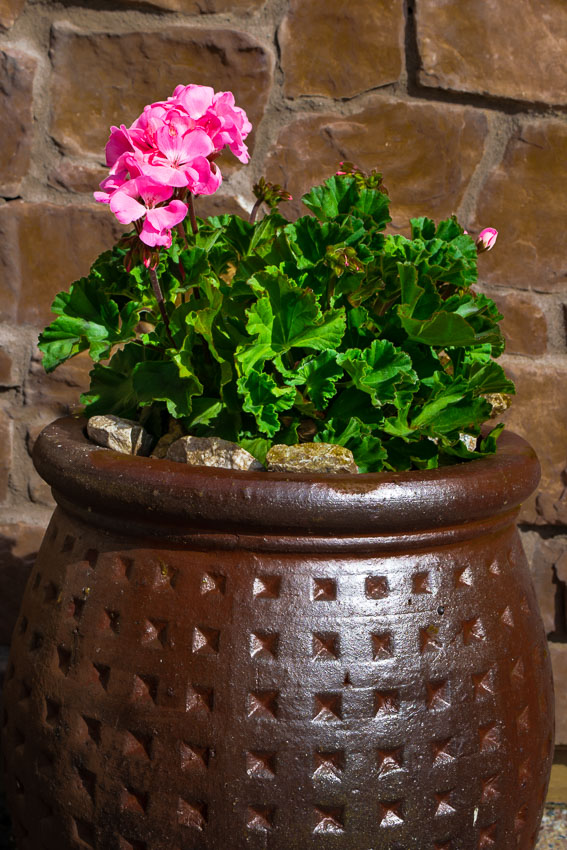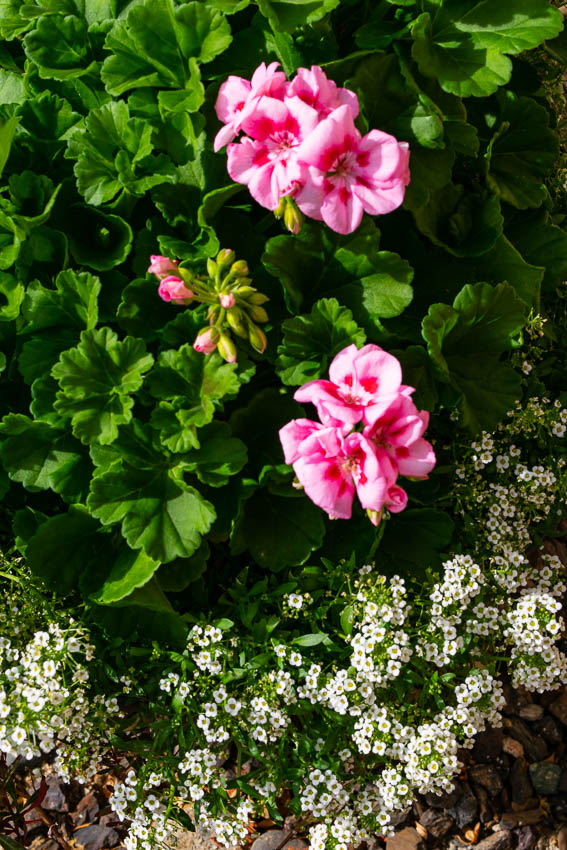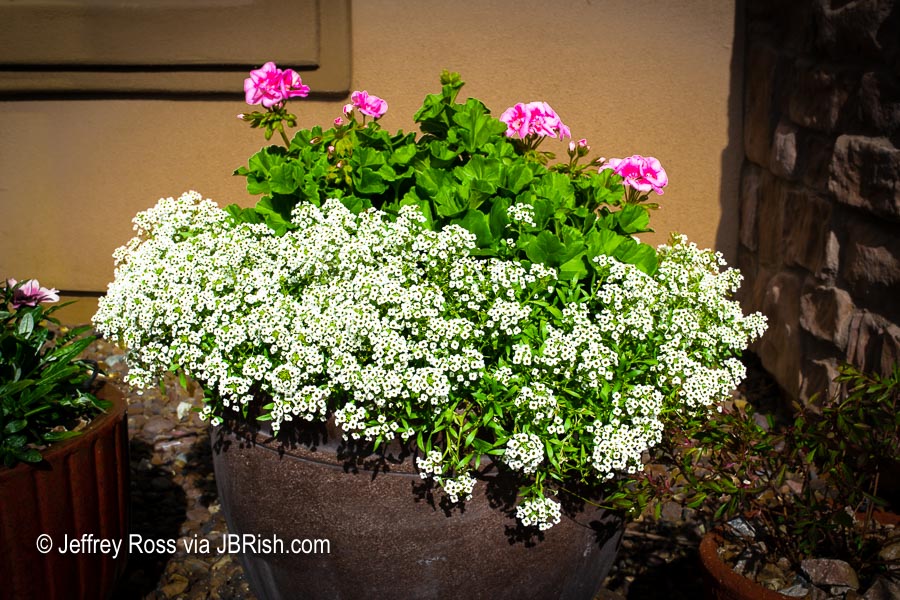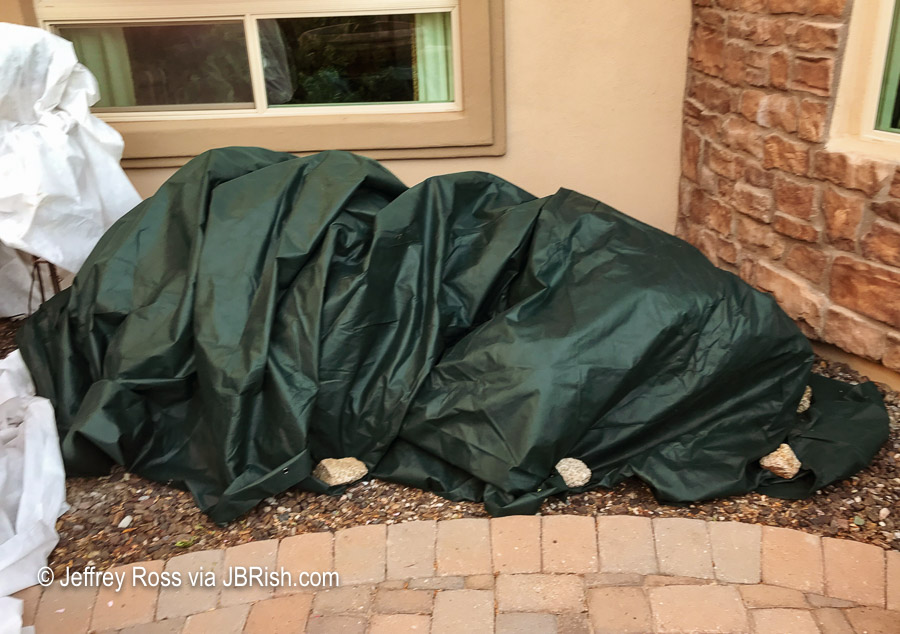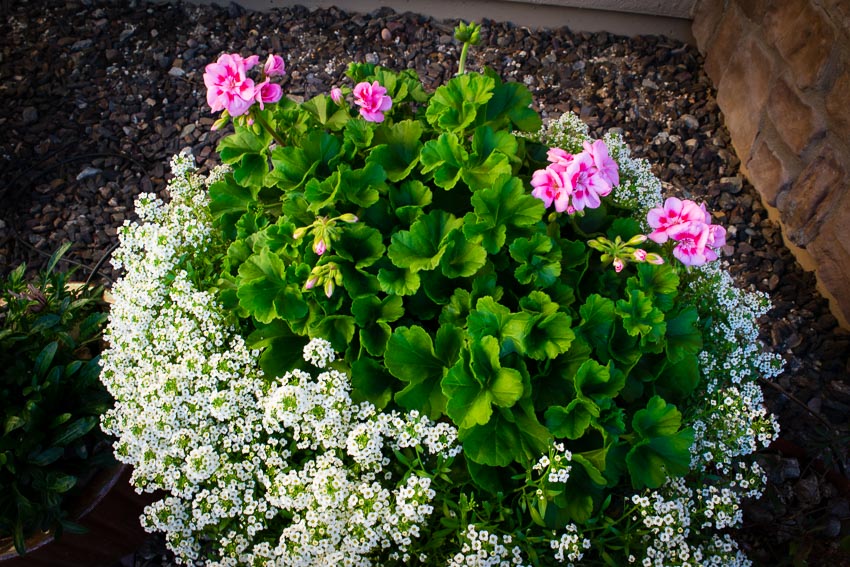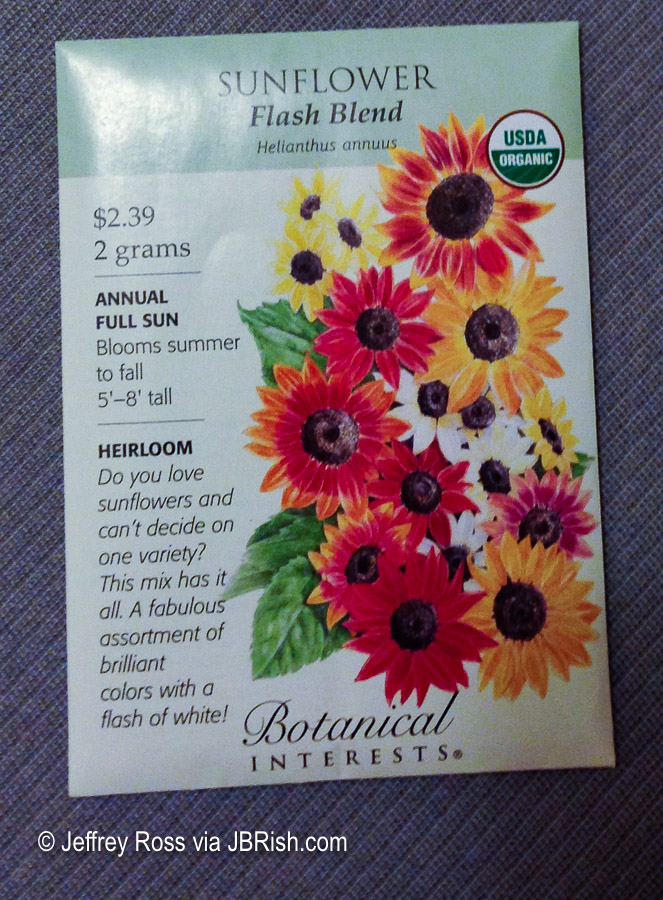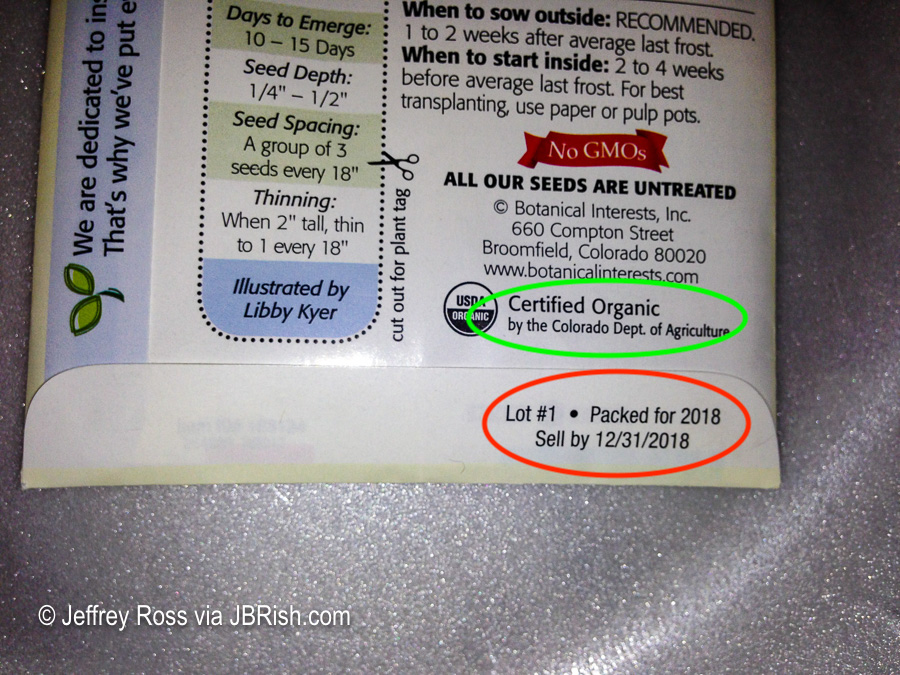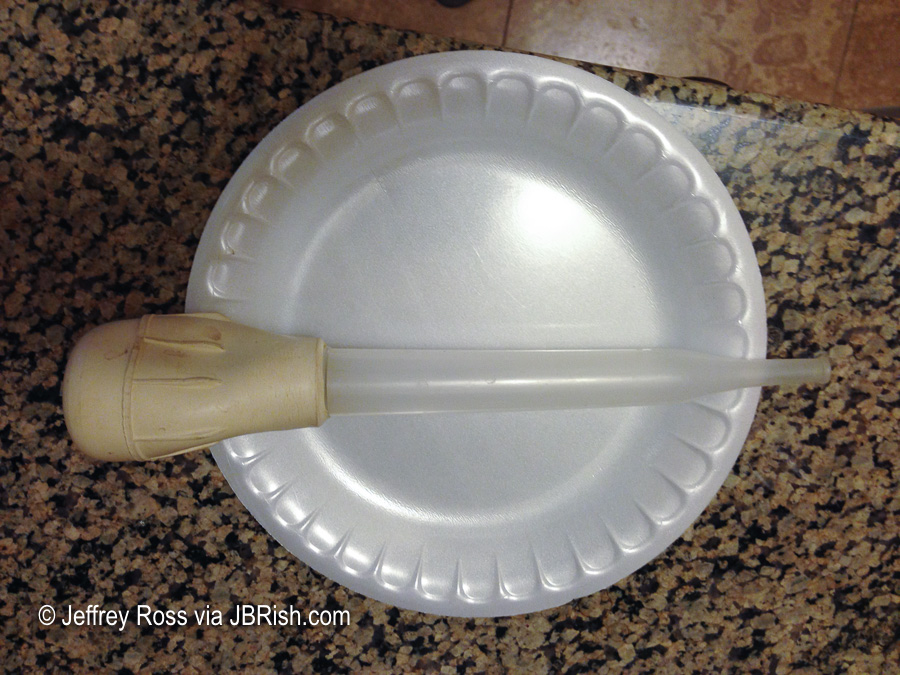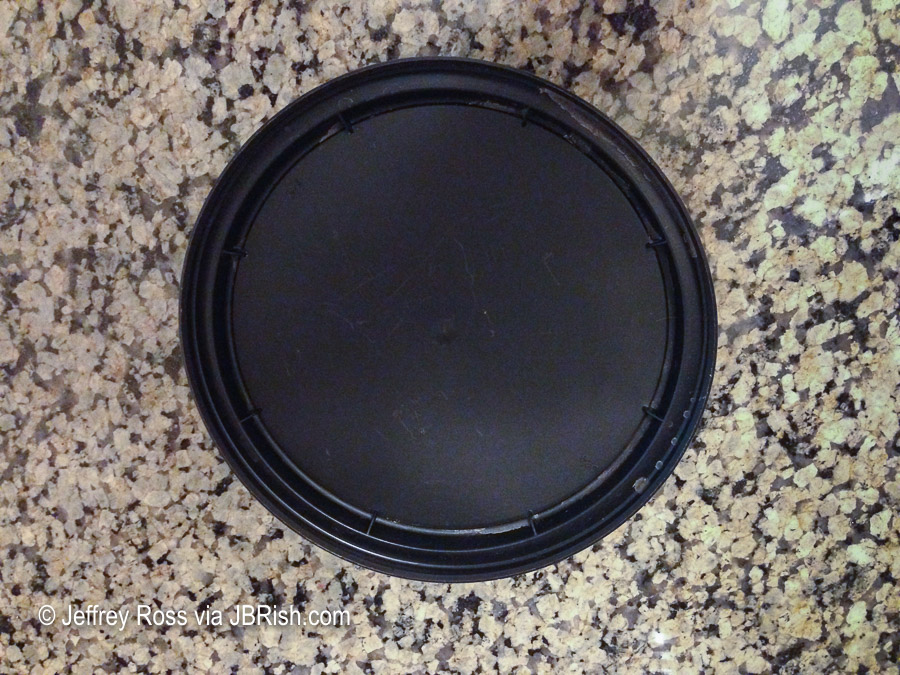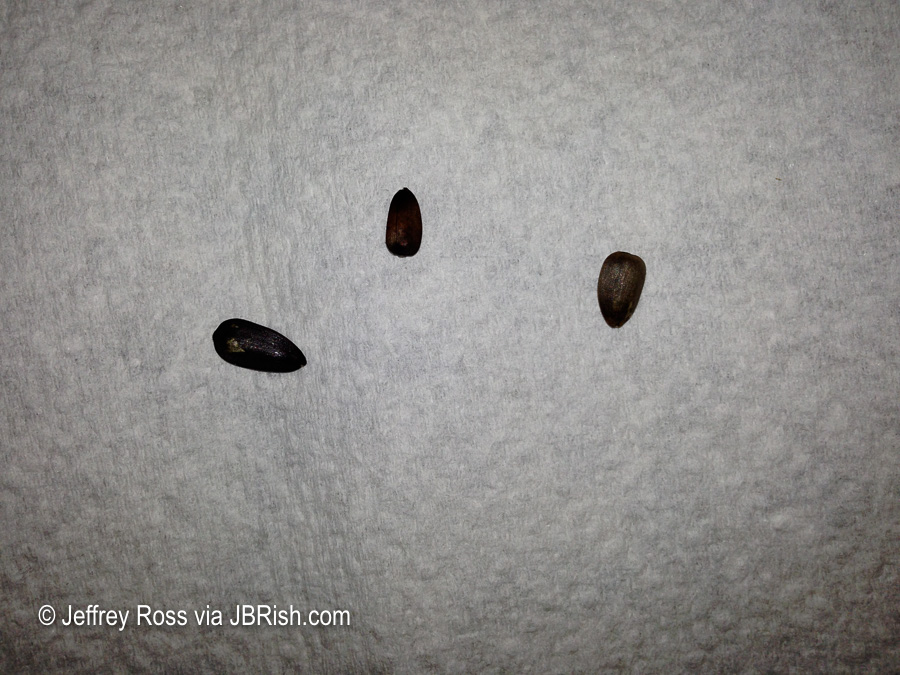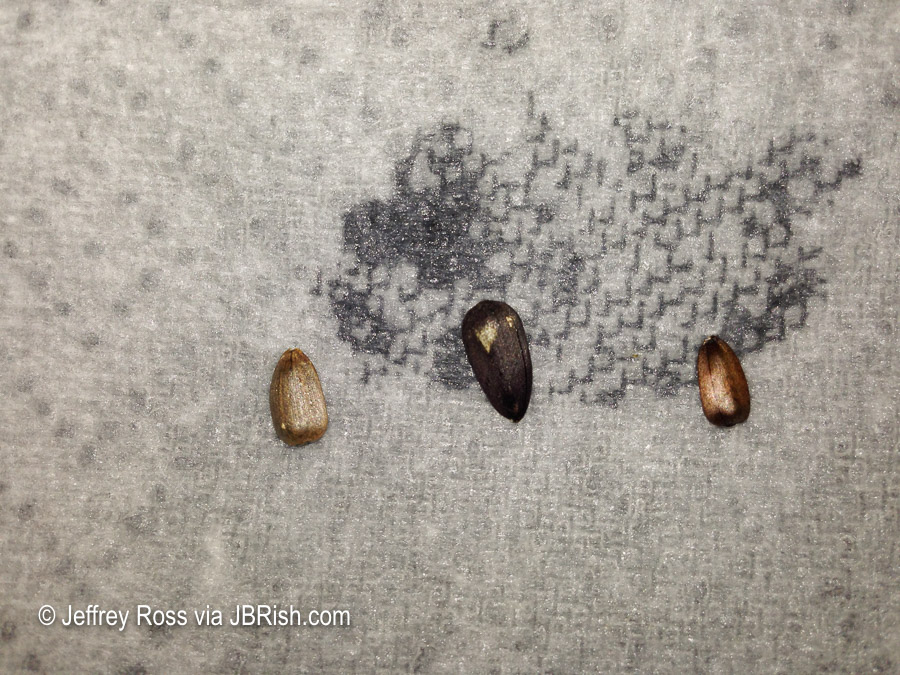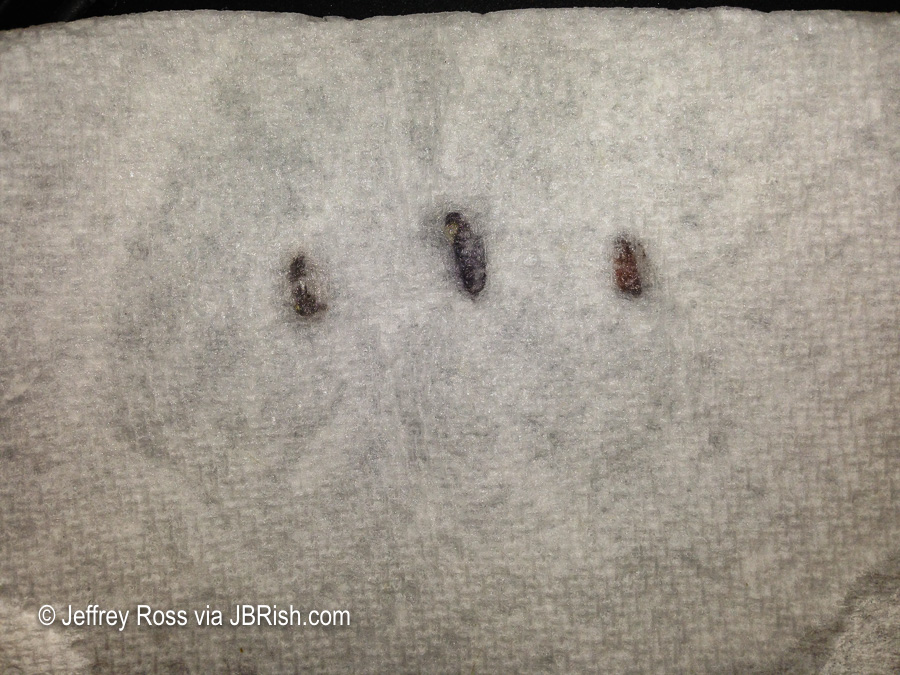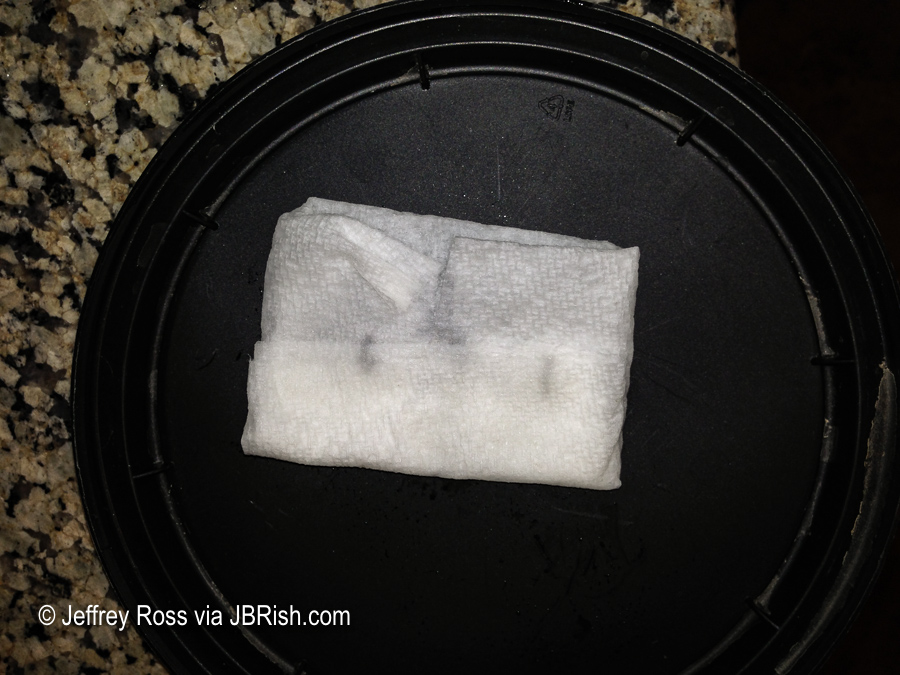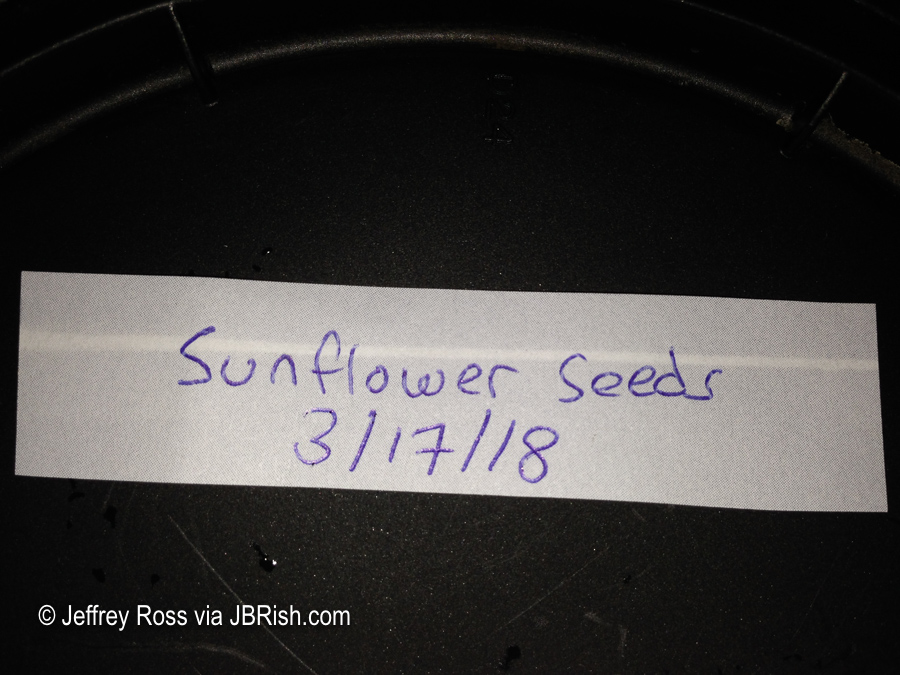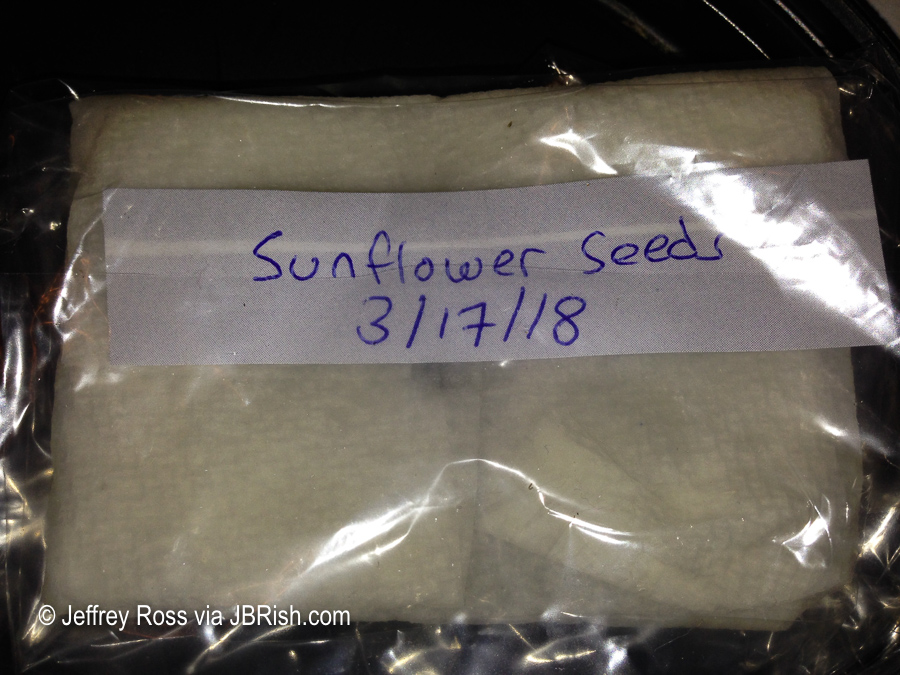“The devil is in the detail.” — Gustave Flaubert
Not only is the devil the the detail or details, as a photographer I find inspiration and beauty in the details. I am not the best photographer and have little hopes of attaining that title. I enjoy photography for many reasons, but let me address just one.
A significant benefit I receive from my photographic hobby is learning to see. We all look at a multitude things every day; perhaps millions of things if we could count them. But how many of us actually “see” those things at which we are looking?
Photography has given me an appreciation for taking my time to look at an object or a scene. I now search for the details; the small things that make the location or item special. The picture below was taken at Cathedral Gorge State Park in Nevada. If you are going through that area, I recommend it as a very picturesque and worthwhile stop.
While at Cathedral Gorge, I hiked among the canyons created by the eroding clay hoodoos. They were very intriguing in their other-worldly appearance.
This specific grouping of hoodoos served as a collection point for a number of tumbleweeds and these earthen structures created a chimney-like opening where they piled one on top of the other to make an amazing composition.
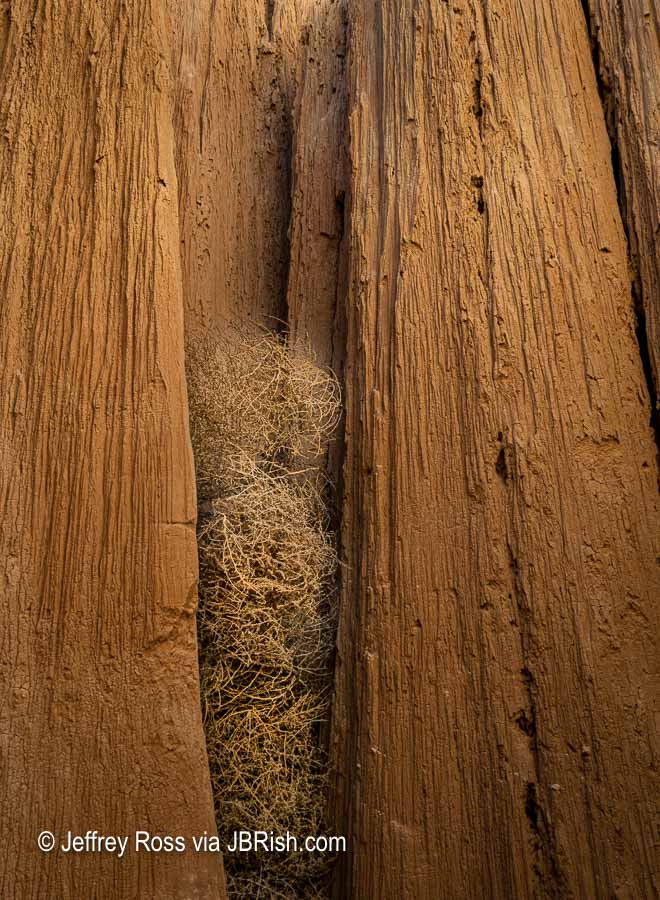
What struck me was the beautiful coloring and the synchronicity of the two natural aspects, i.e. the eroded clay hoodoos and nature’s tumbleweeds. They came together to form a wonderful, natural image – nature as artist!
I love the textures of both the formations and the tumbleweed. The brown tones bind them together to create, what in my opinion, is an artistic rendering.
Seeing the opportunity, however, doesn’t necessarily mean a photograph is going to successfully capture it the way it appeared to the observer and therein lies the beauty, the challenge and the motivation of photography.
I can’t think of a better hobby for people seeking to express their creative souls than that of photography.
**********
Metadata
File Name: 0000199-Tumbleweed plays among the hoodoos – Cathedral Gorge, NV
Capture time: 9:55 AM
Capture date: June 13, 2019
Exposure: 1/30 sec @ f/13
Focal Length: 20mm
ISO: 125
Camera: Nikon D3300
Lens: 18-55mm f/3.5-5.6
Edited in Lightroom
**********
Check out Jeff’s Instagram account for more interesting photos!
Read more photography posts HERE
**********
All original content on this blog is copyrighted by Jeffrey B. Ross with ALL Rights Reserved. While reference links back to JBRish.com are appreciated and encouraged #please acquire approval for any reproduction of original content from this website.
©Jeffrey B. Ross 2014 – 2020 JBRish.com
